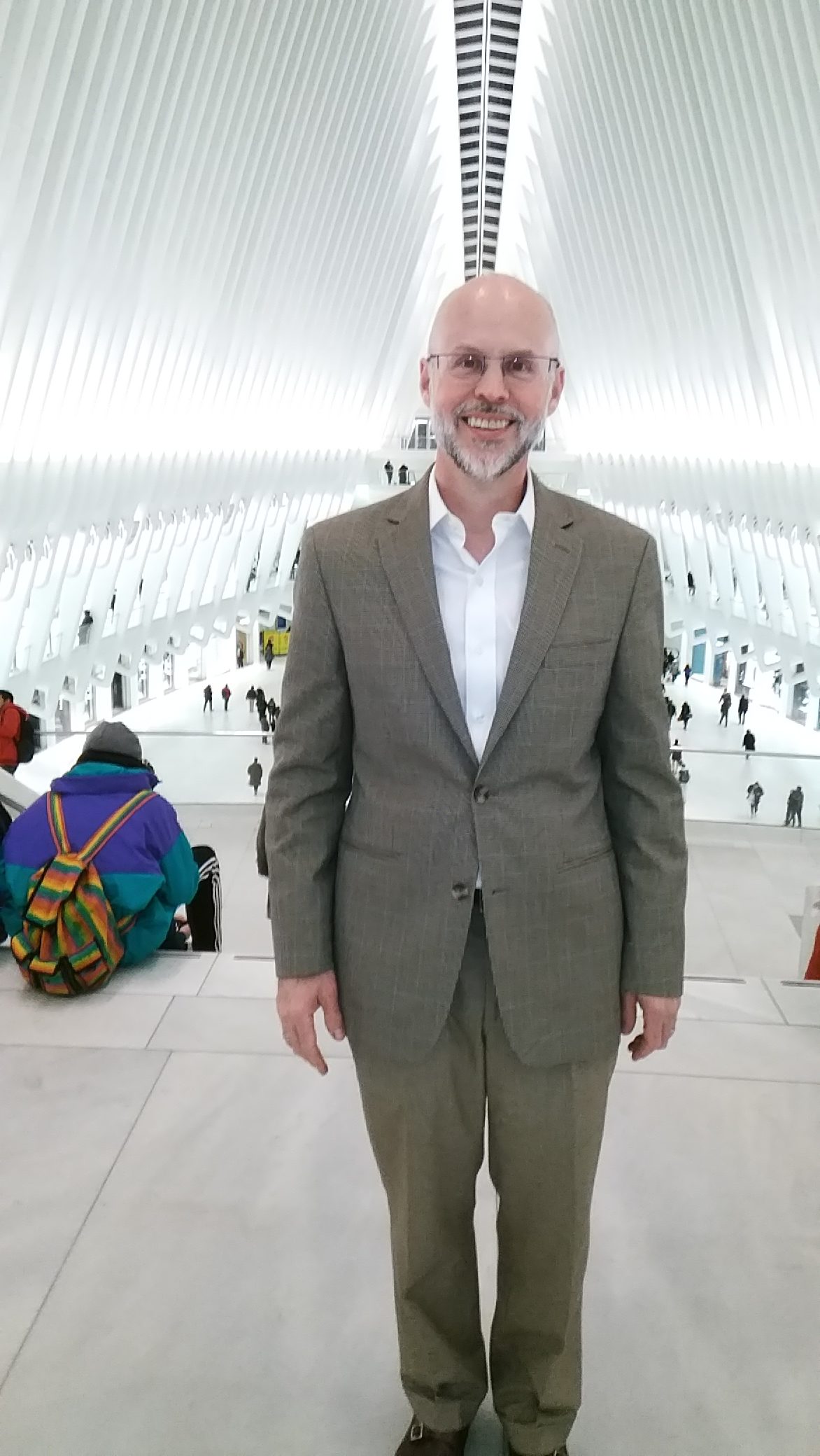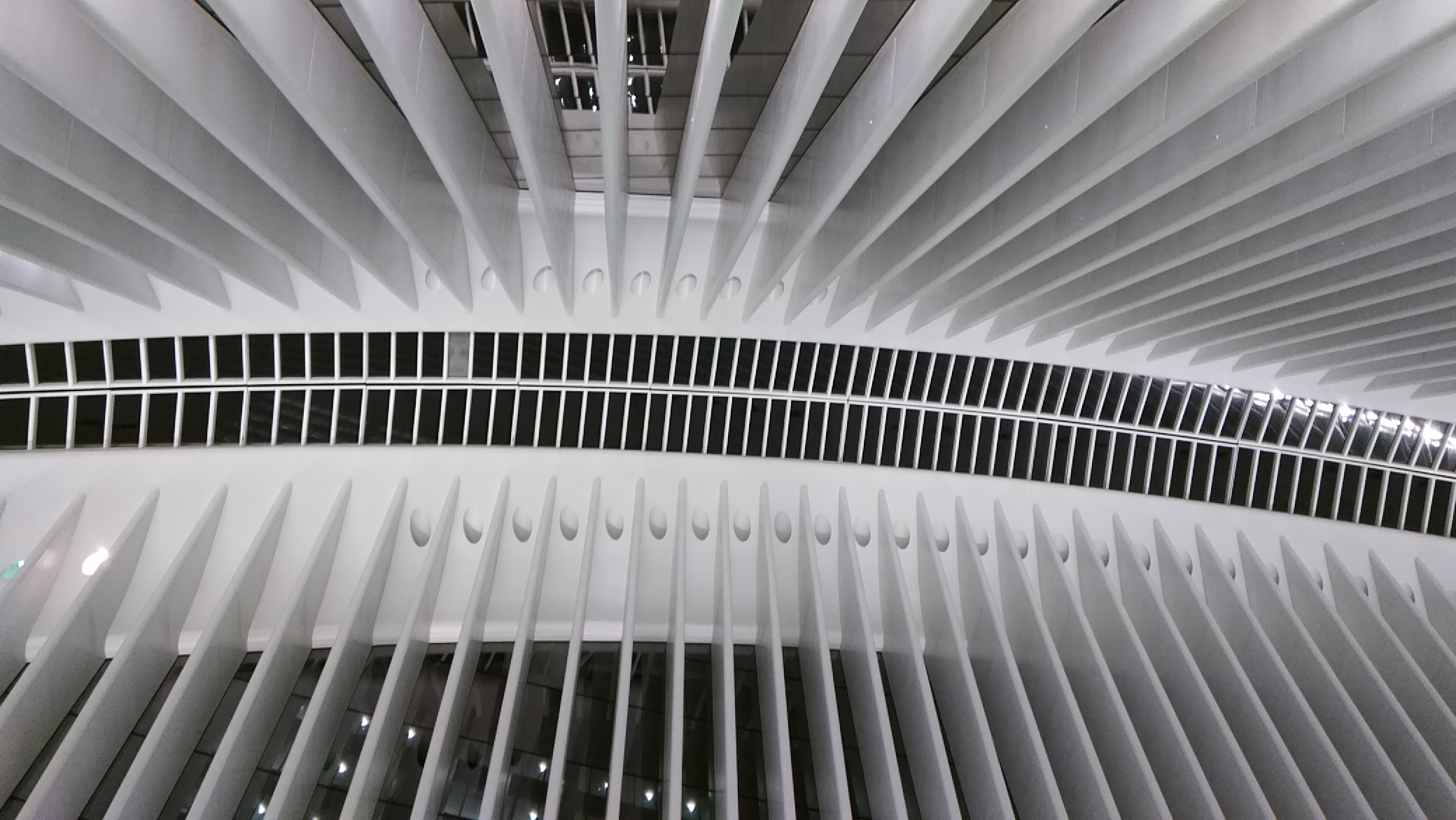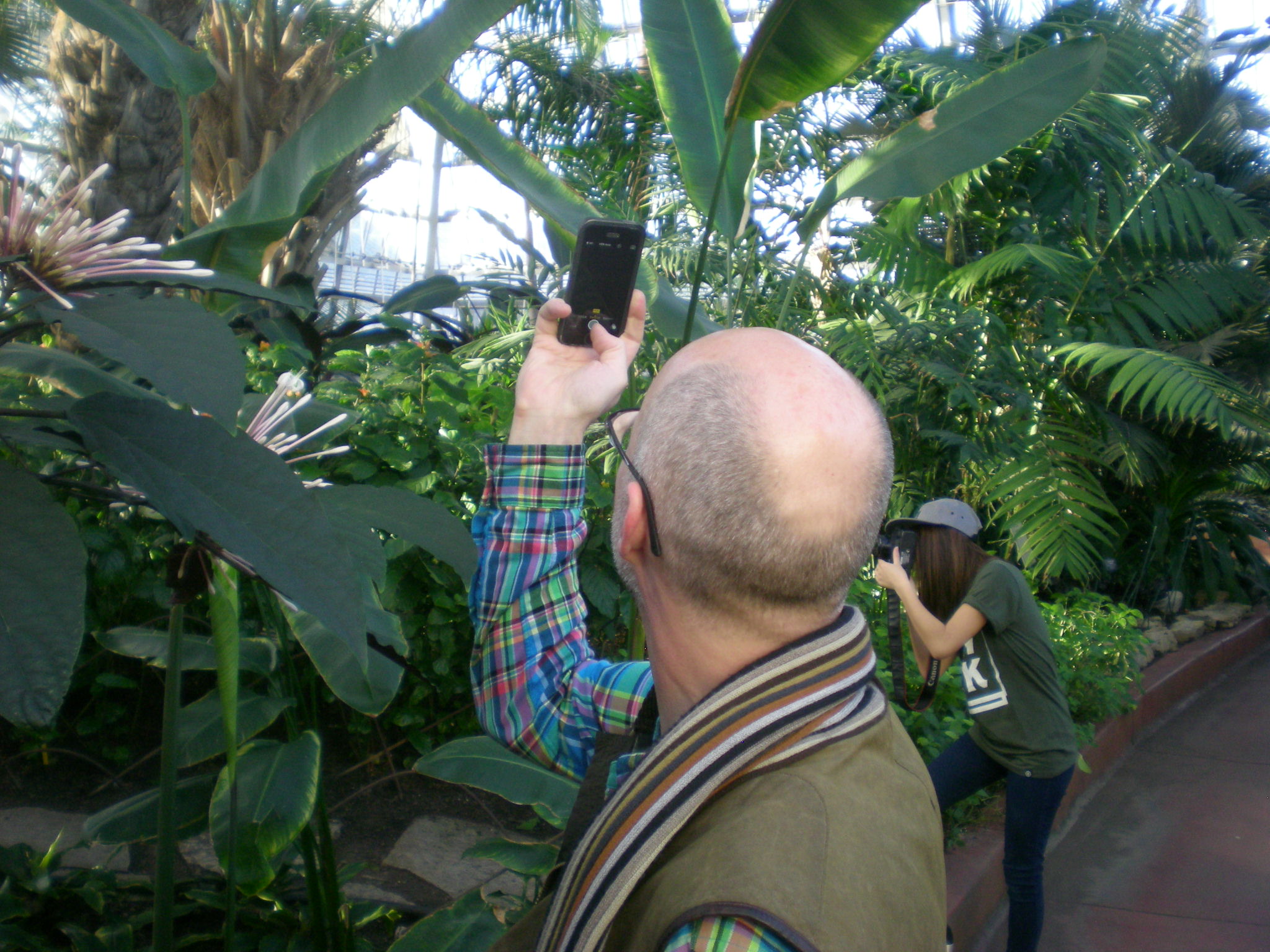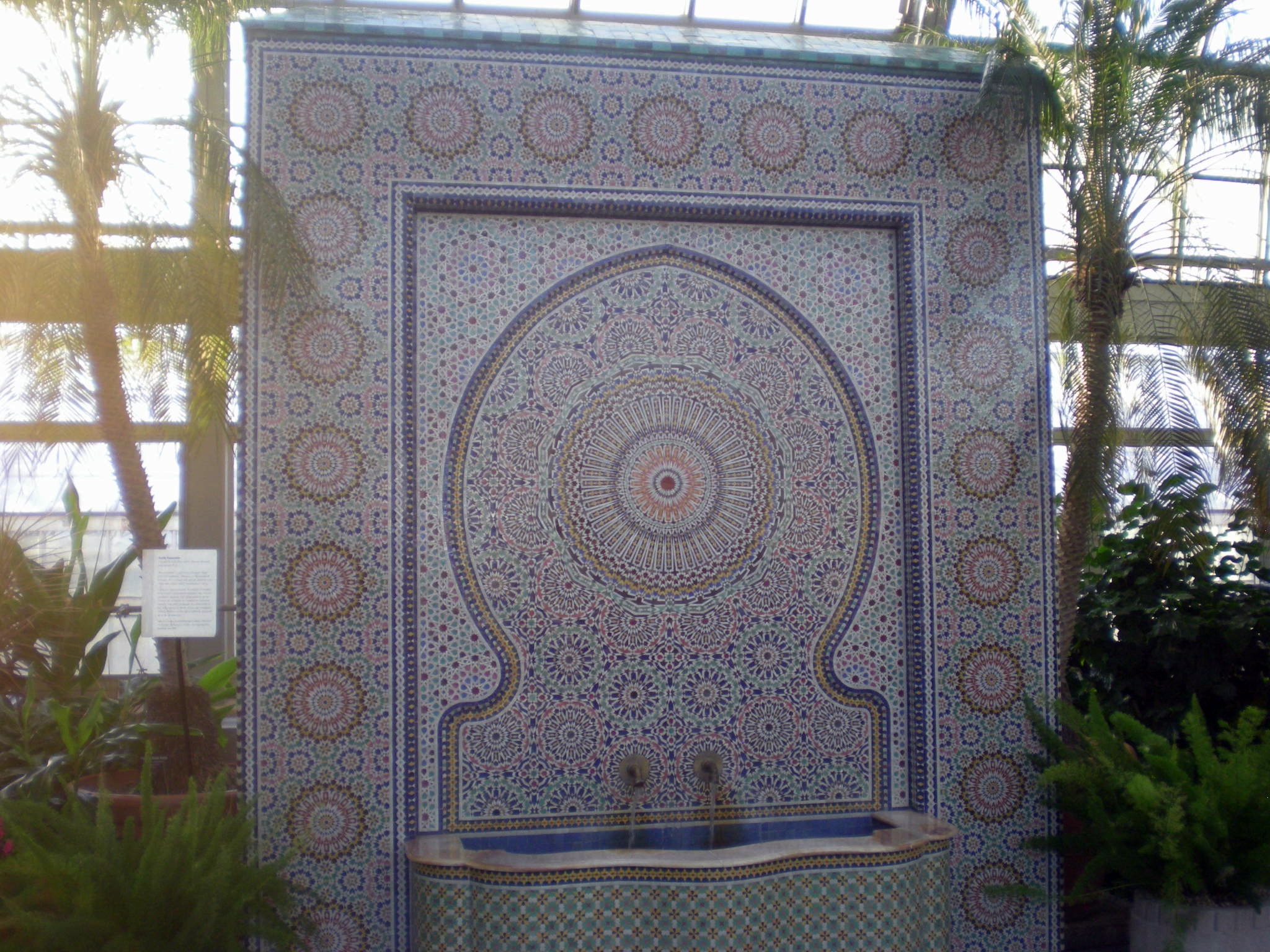Every time I visit Ontario, or at least a beach in that province, I scratch a message in the sand for Geof Huth, and promptly send it to him electronically. This time it was from the sandy beach at Bruce Peninsula NP. Why? Why not?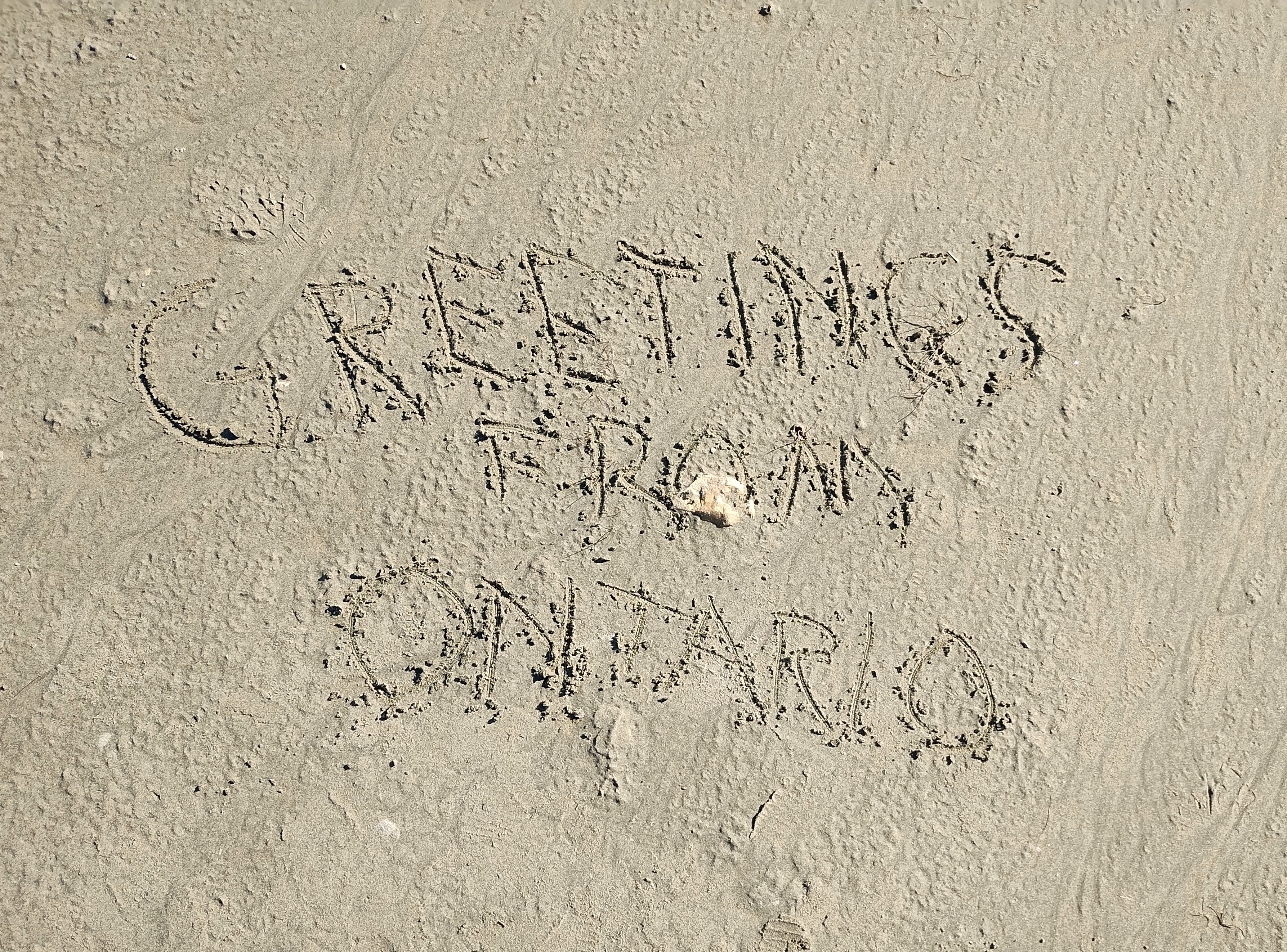
My knowledge of the New Left is fairly sketchy, I must admit. As long ago as my own student days, in the early 1980s, it didn’t seem new, but old hat. I’ve never even read more than a few paragraphs of the Port Huron Statement, though I could get around to it, since it’s easy enough to find. Such a tract doesn’t need to be mimeographed to reach an audience anymore.
At least I’d heard of it when the Dude mentioned his connection to it. As I understand it, there was no second draft, compromised or otherwise. But the Dude inhabits the Coen Brothers universe, where surely there was one.
As for my knowledge of the actual city of Port Huron, Michigan, that’s a little better than it used to be, informed by a short visit on the way home from Ontario earlier this month. It’s one of those places I stopped because I’d never been there, but had long seen it on maps. There’s an endless supply of places like that.
Downtown, especially Huron Ave., made for a pleasant walkabout.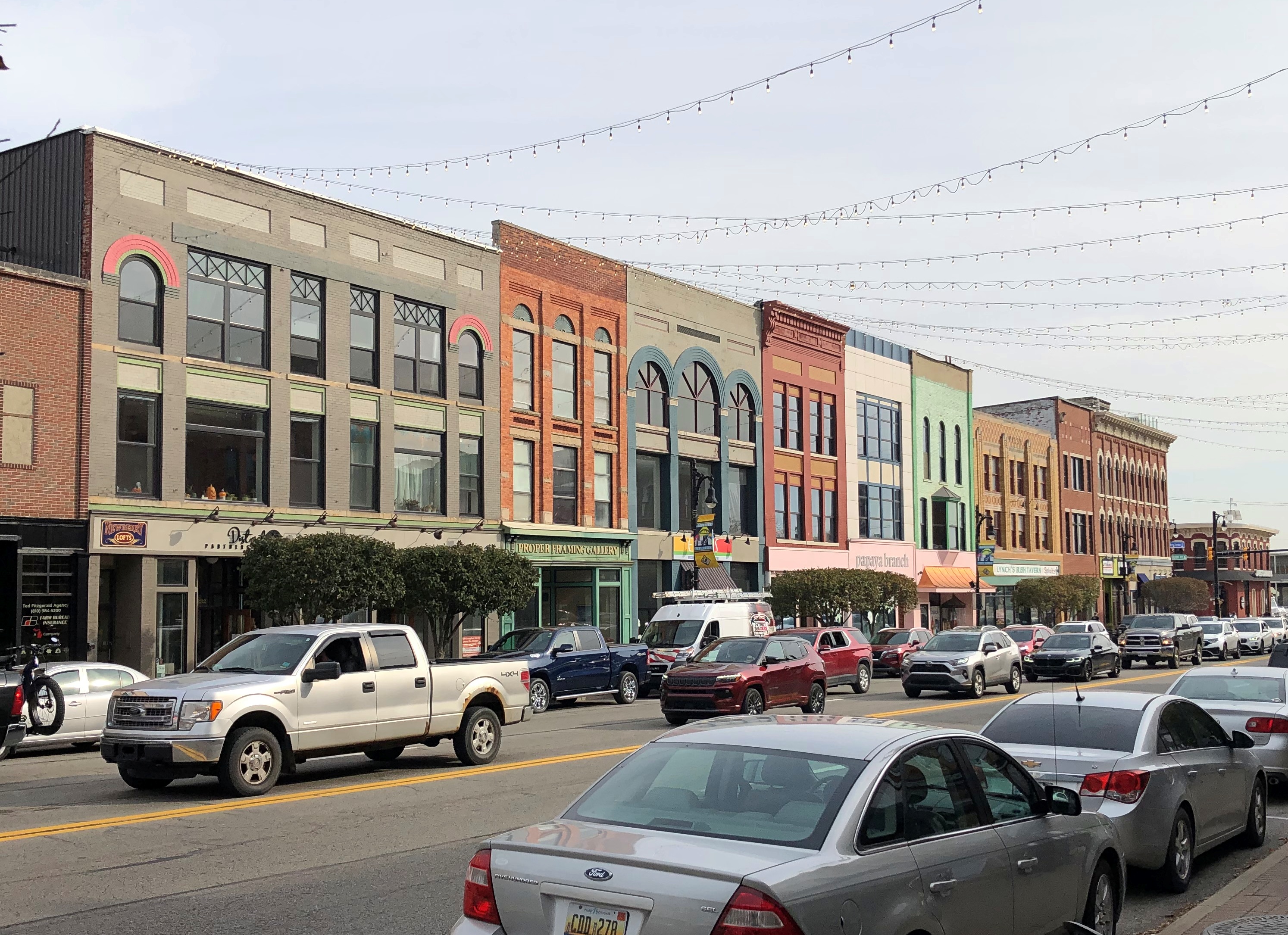
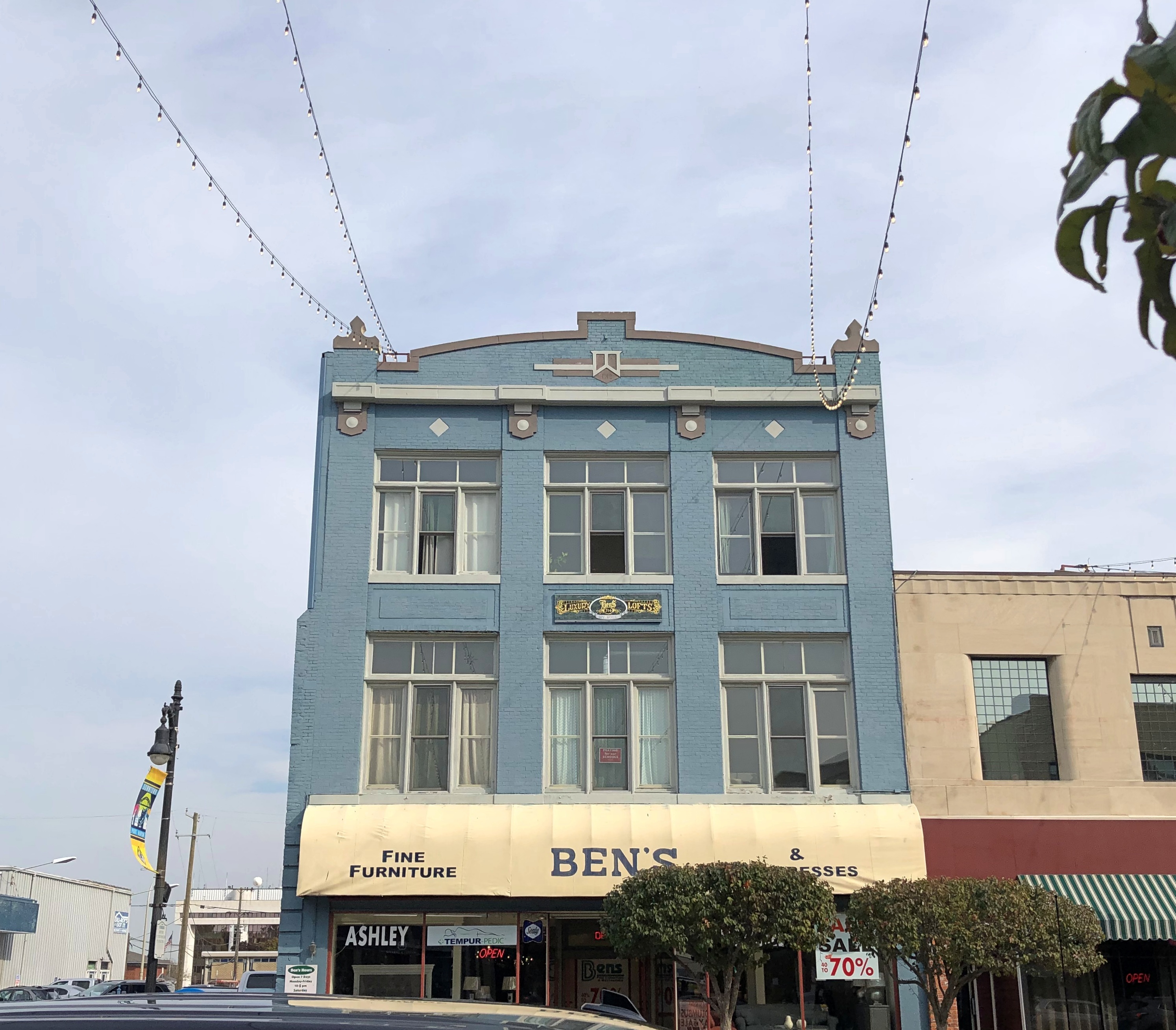

Huron Ave. crosses the Black River – one of a number of rivers called that in Michigan alone – at a drawbridge, just before the river flows into the St. Clair. As we wandered along the riverfront, bells went off.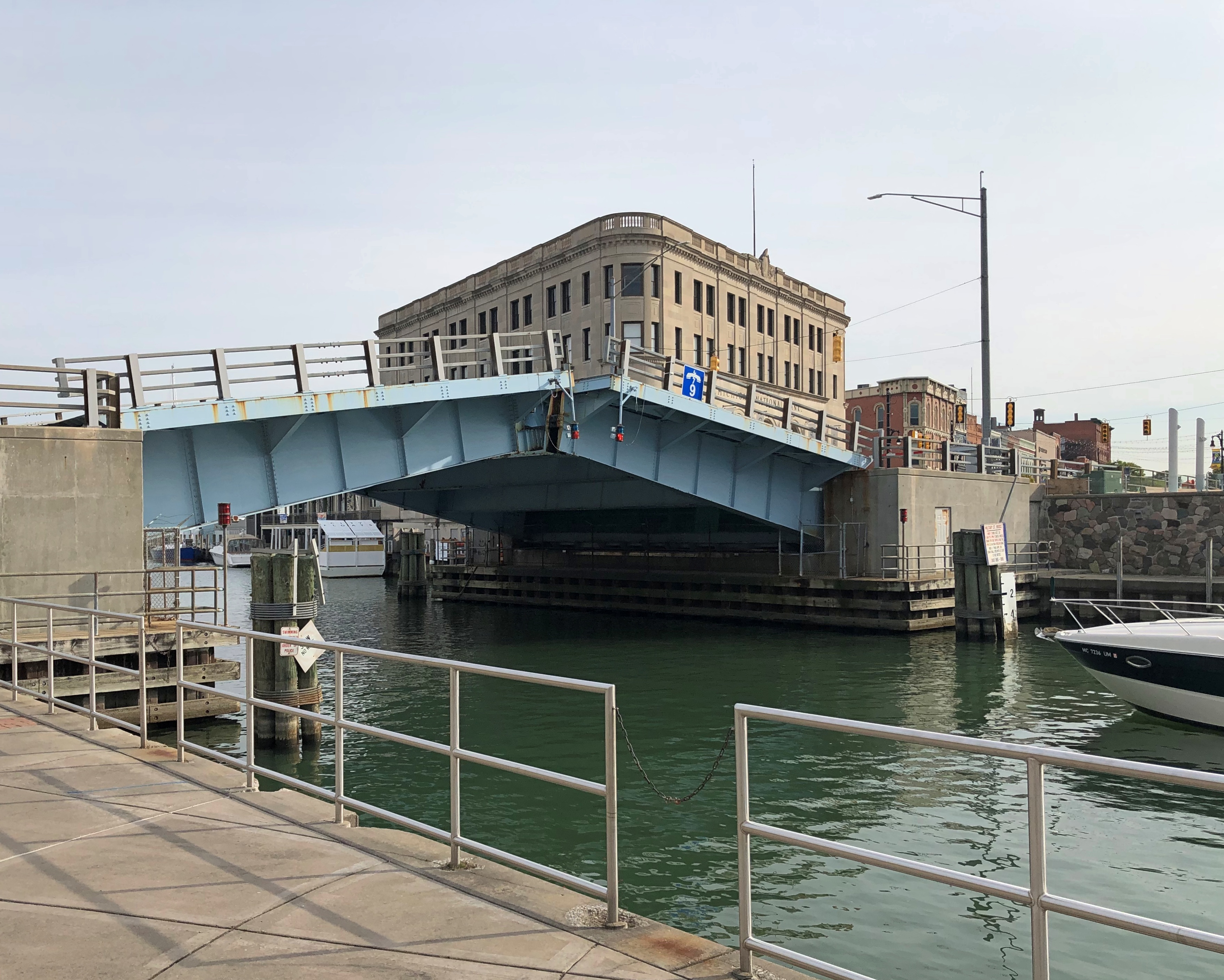
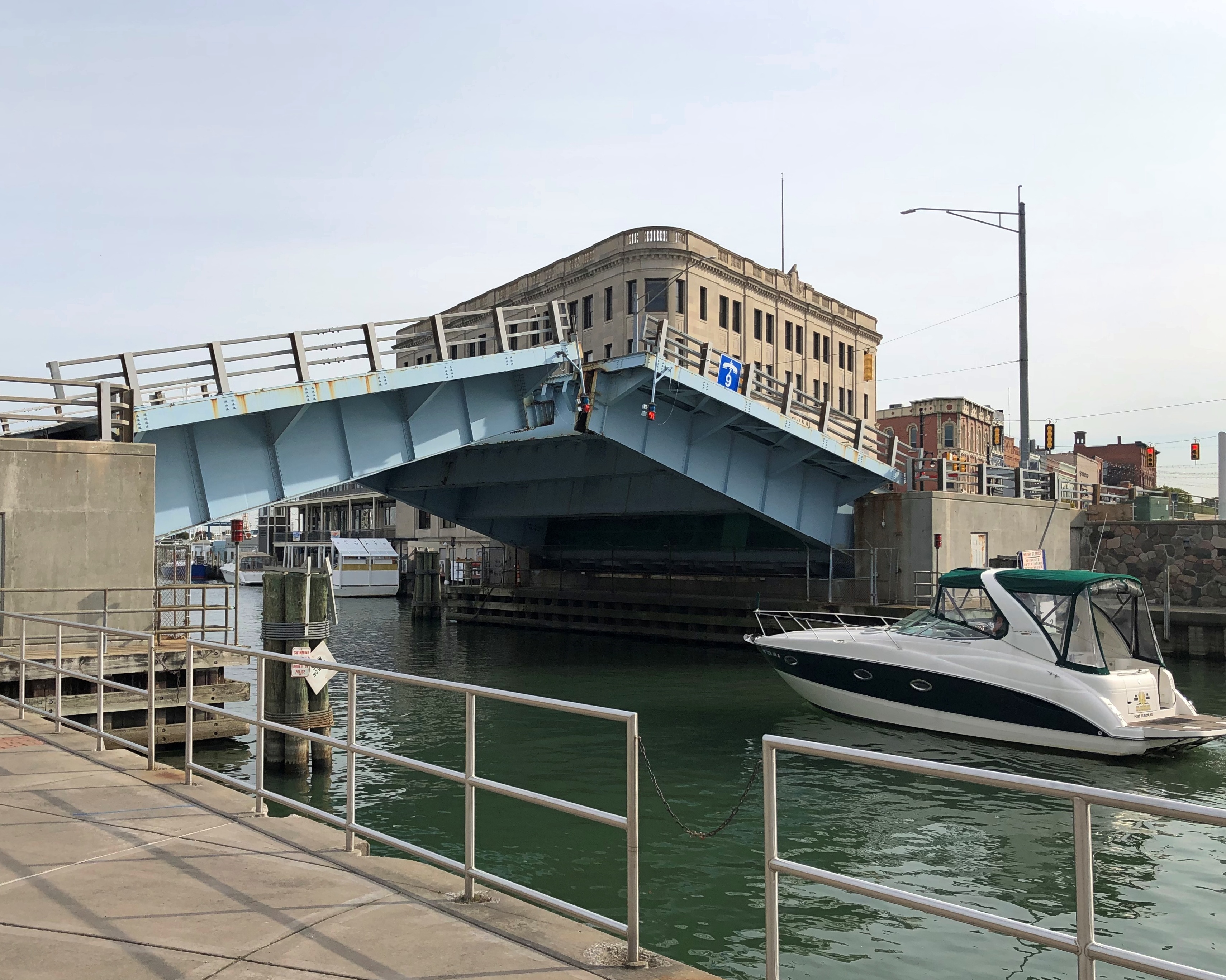

When you see a drawbridge in motion, watch it if you can. Again and again. Just another of the little maxims I live by.
There are hints that hipsters have discovered Port Huron. Maybe a scattering of them who have been priced out of Ann Arbor.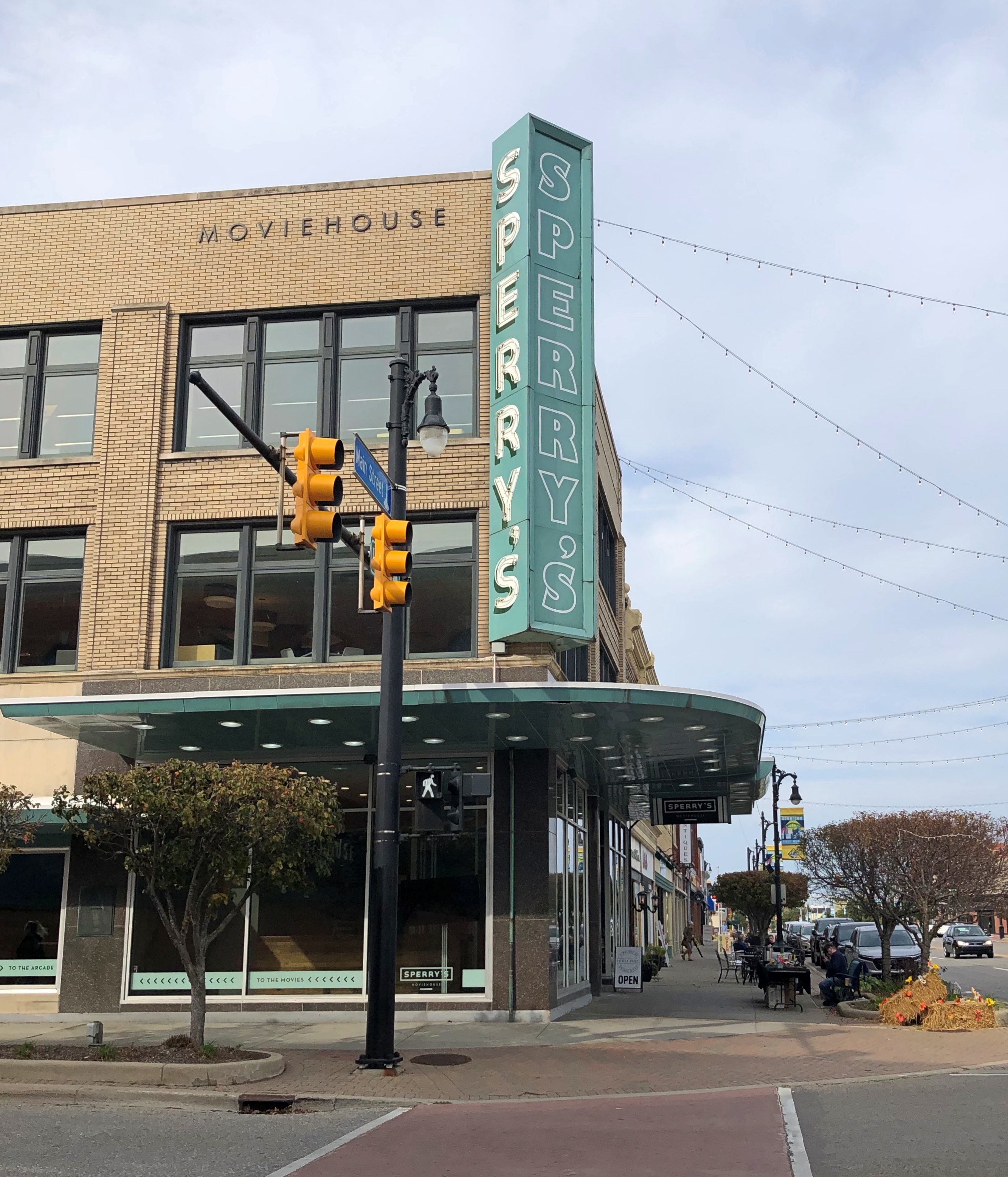
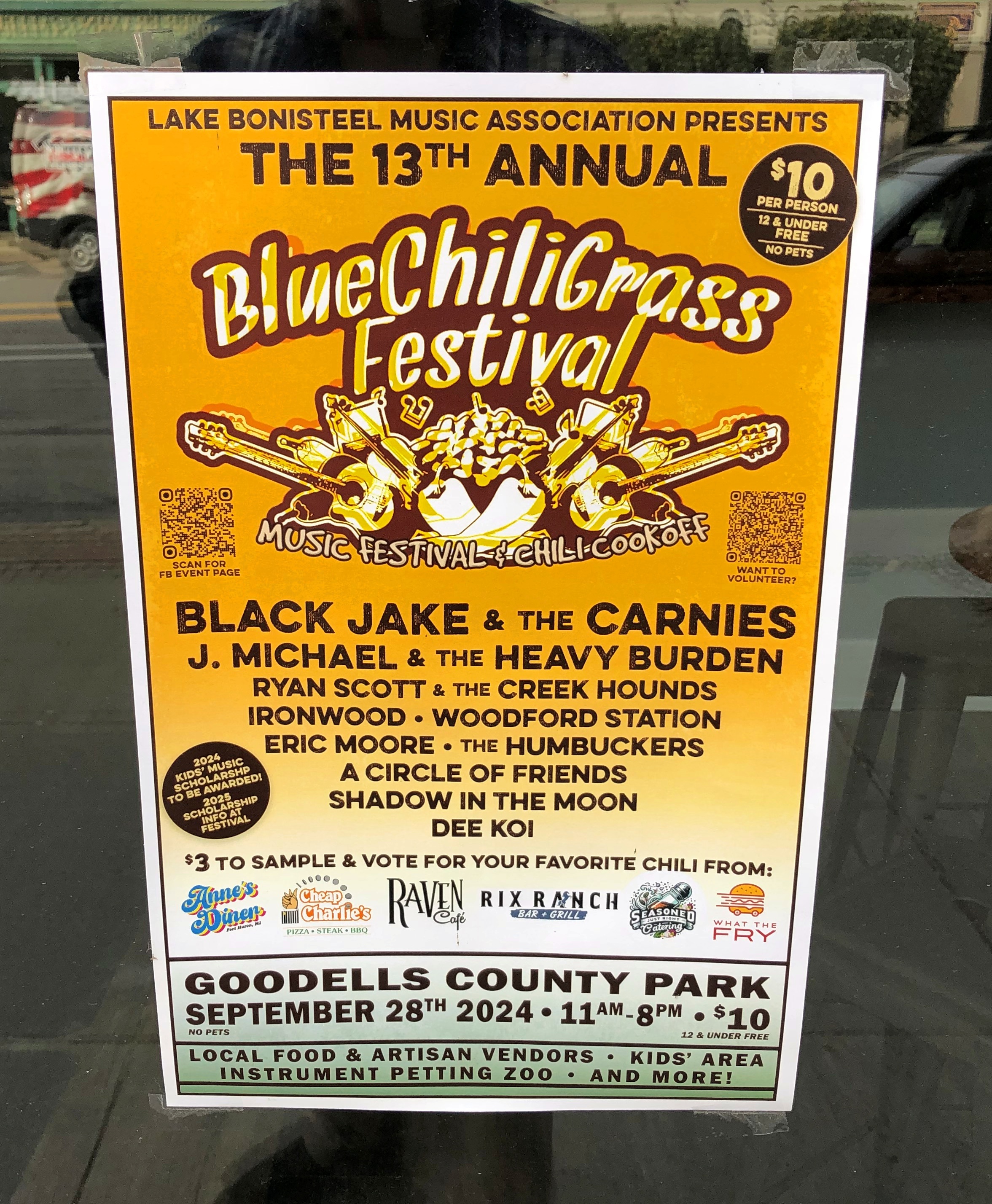
We spent some time in a sizable, multi-room antique shop on Huron Ave. Not quite as entropic as Reid’s Corner, but nevertheless stocked with all sorts of interesting stuff, including vinyl records (more evidence of hipsters about).
The First Family was first in a bin, offered for only $2. I didn’t buy it. I have a copy that my brother Jay gave me, and he said that he paid about 80 cents for it. I’m glad to have it around, though we have no record player any more. It functions as a reminder about eggs and baskets.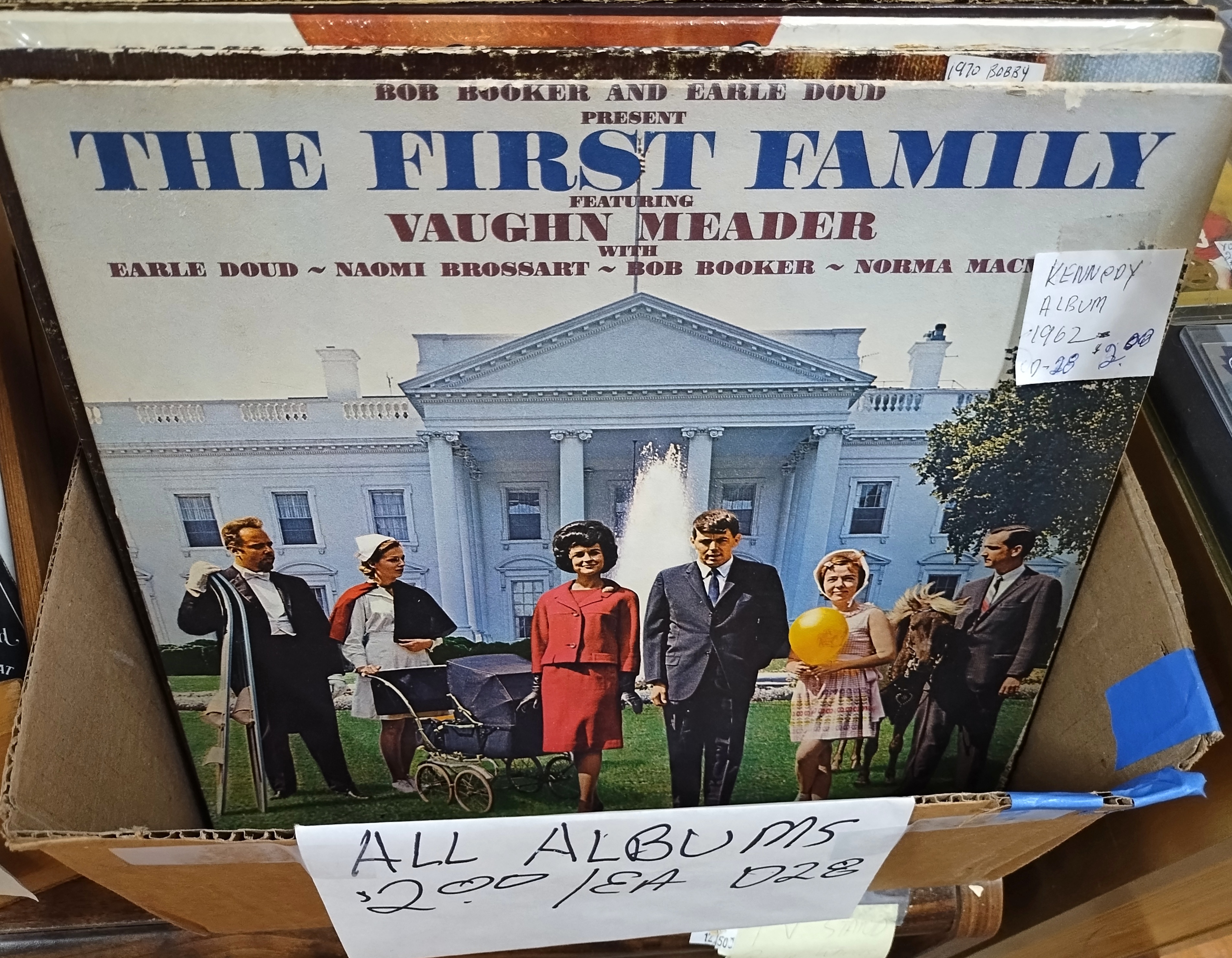
Two dollars might have been the nominal price in 1962, or a dollar or so more. As a collectible, First Family hasn’t even kept up with its original price in inflation-adjusted terms (nearly $21 now), though if you look at eBay or the like, people are trying to get ridiculous prices for the album. The supply of disks is vast, with 7.5 million units reportedly sold before the president’s death.
1962. The same year that the Port Huron Statement was published. Is it a mere coincidence that I saw this record in Port Huron, or is the universe trying to tell me something? I’ll go with mere coincidence.
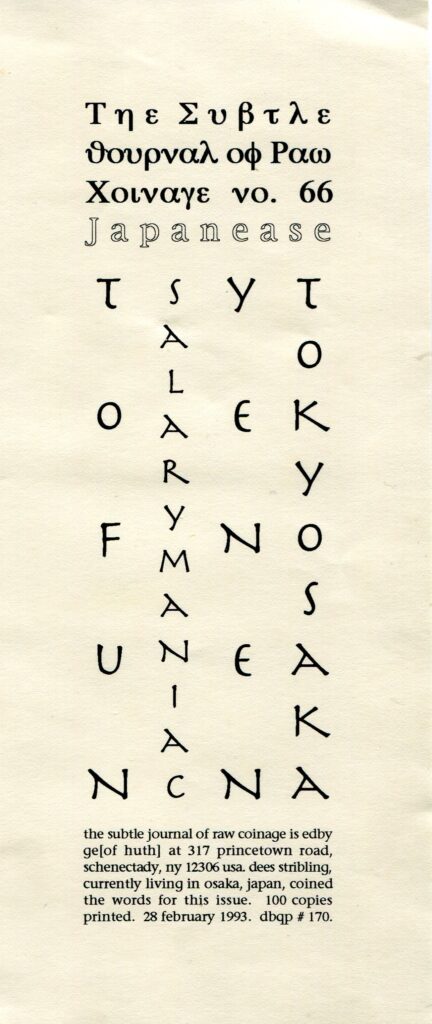
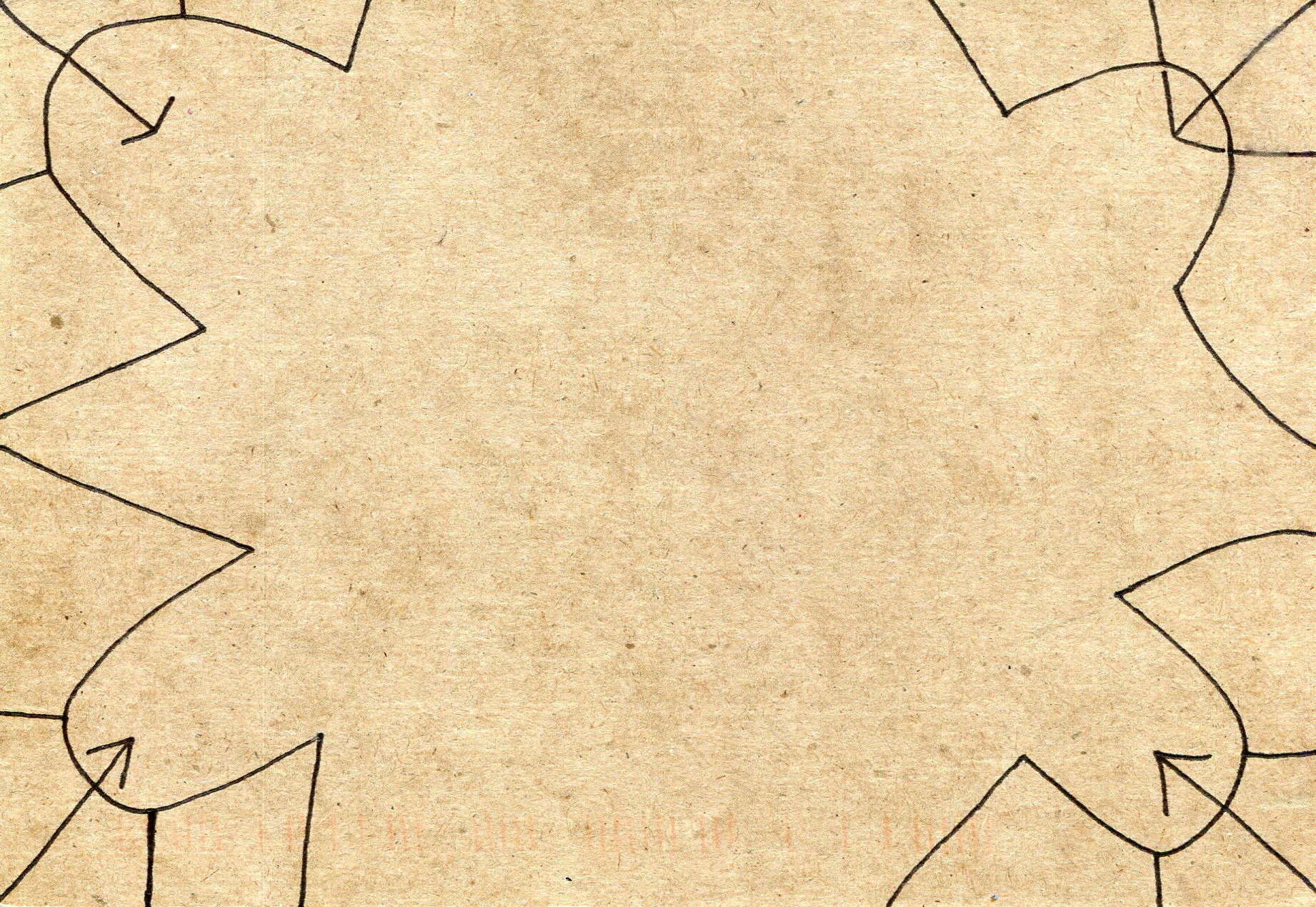
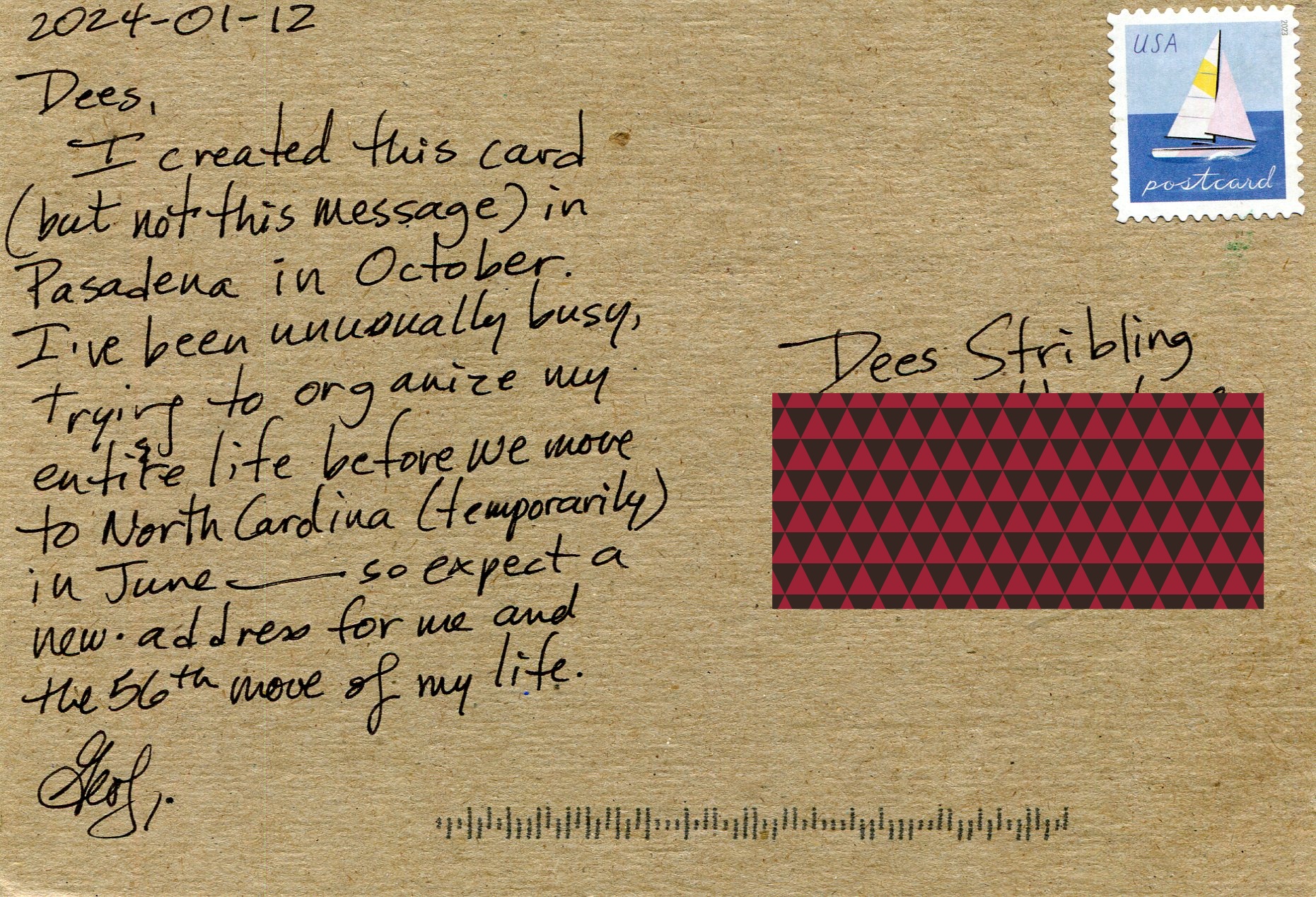
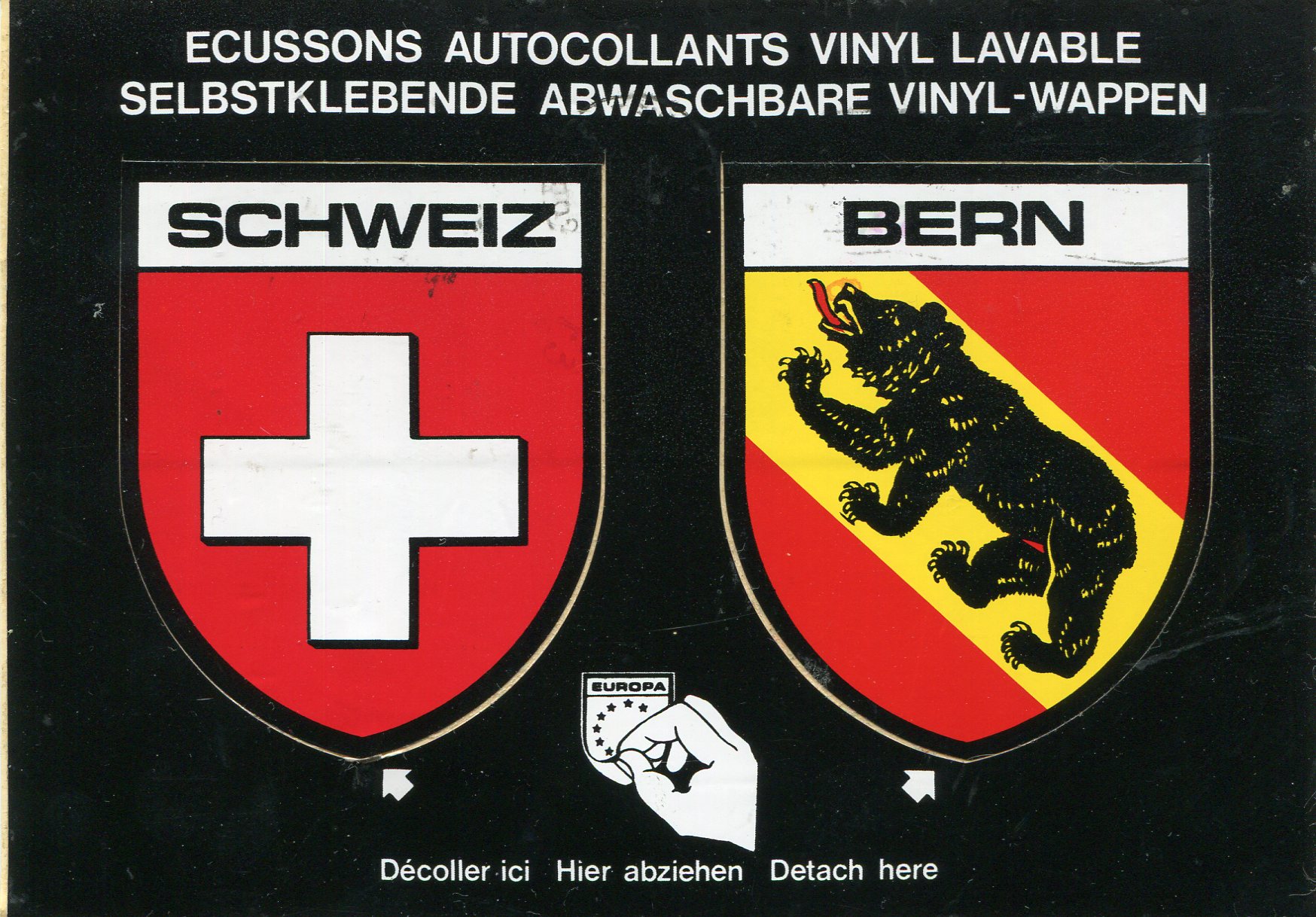

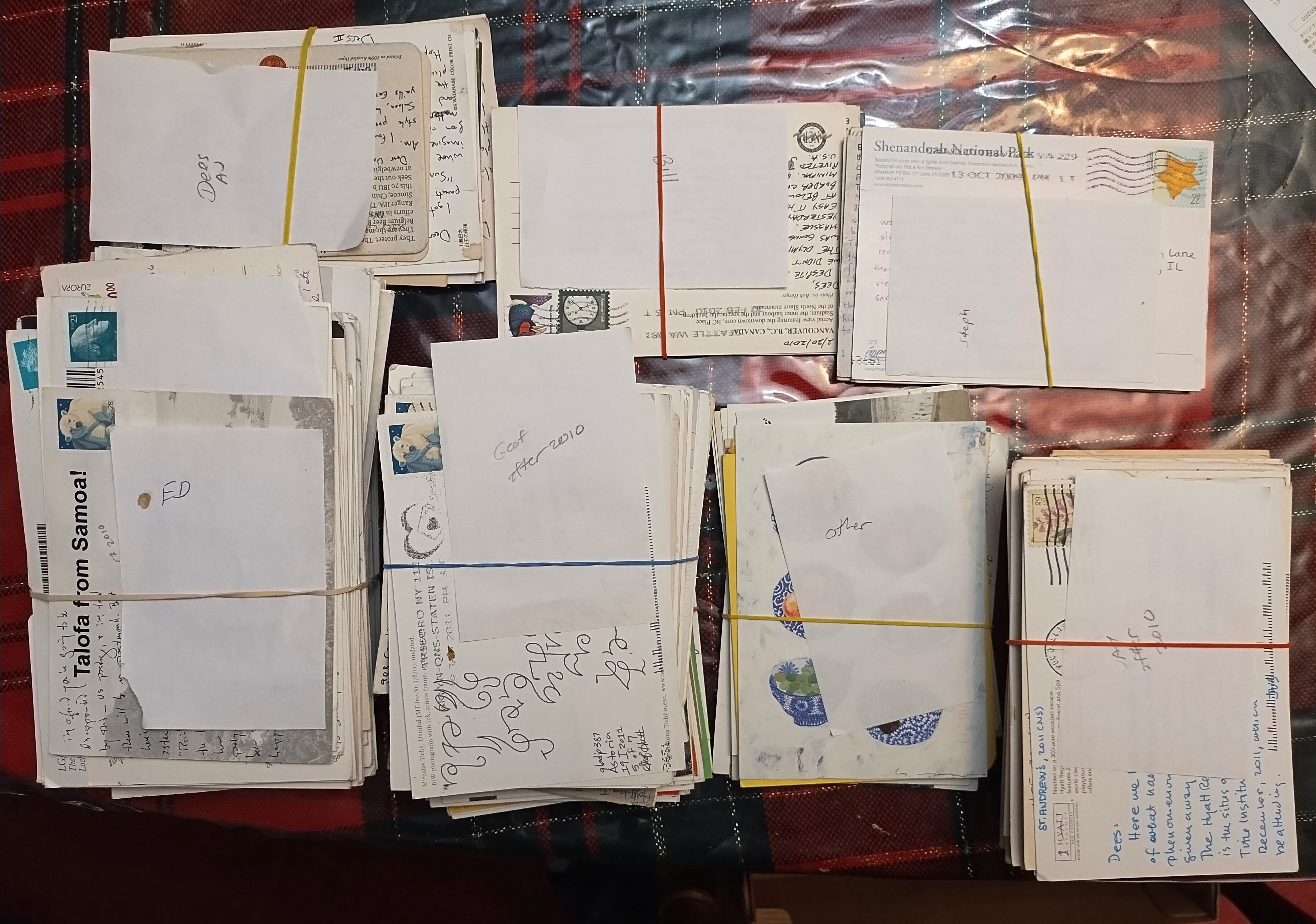
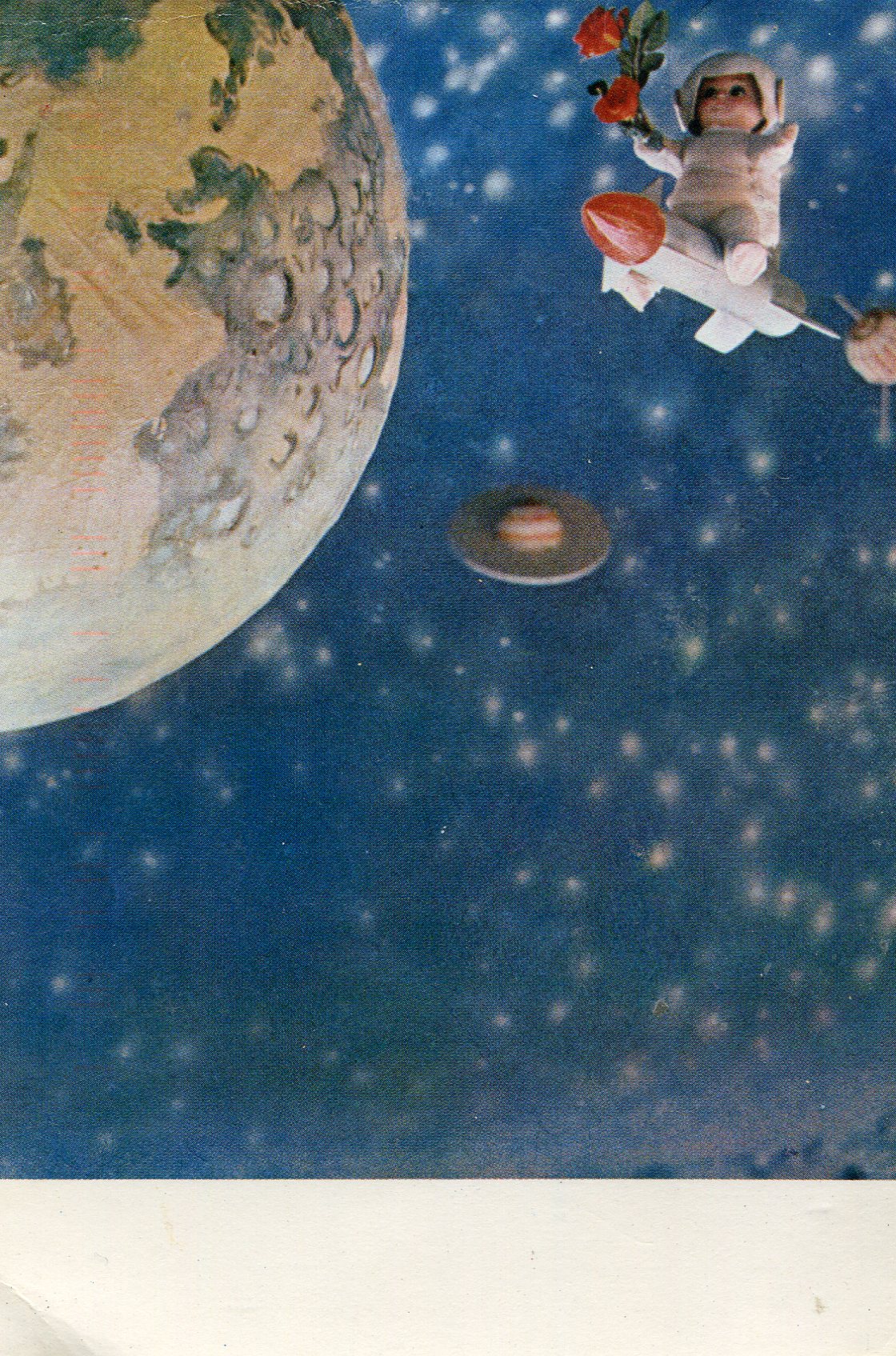
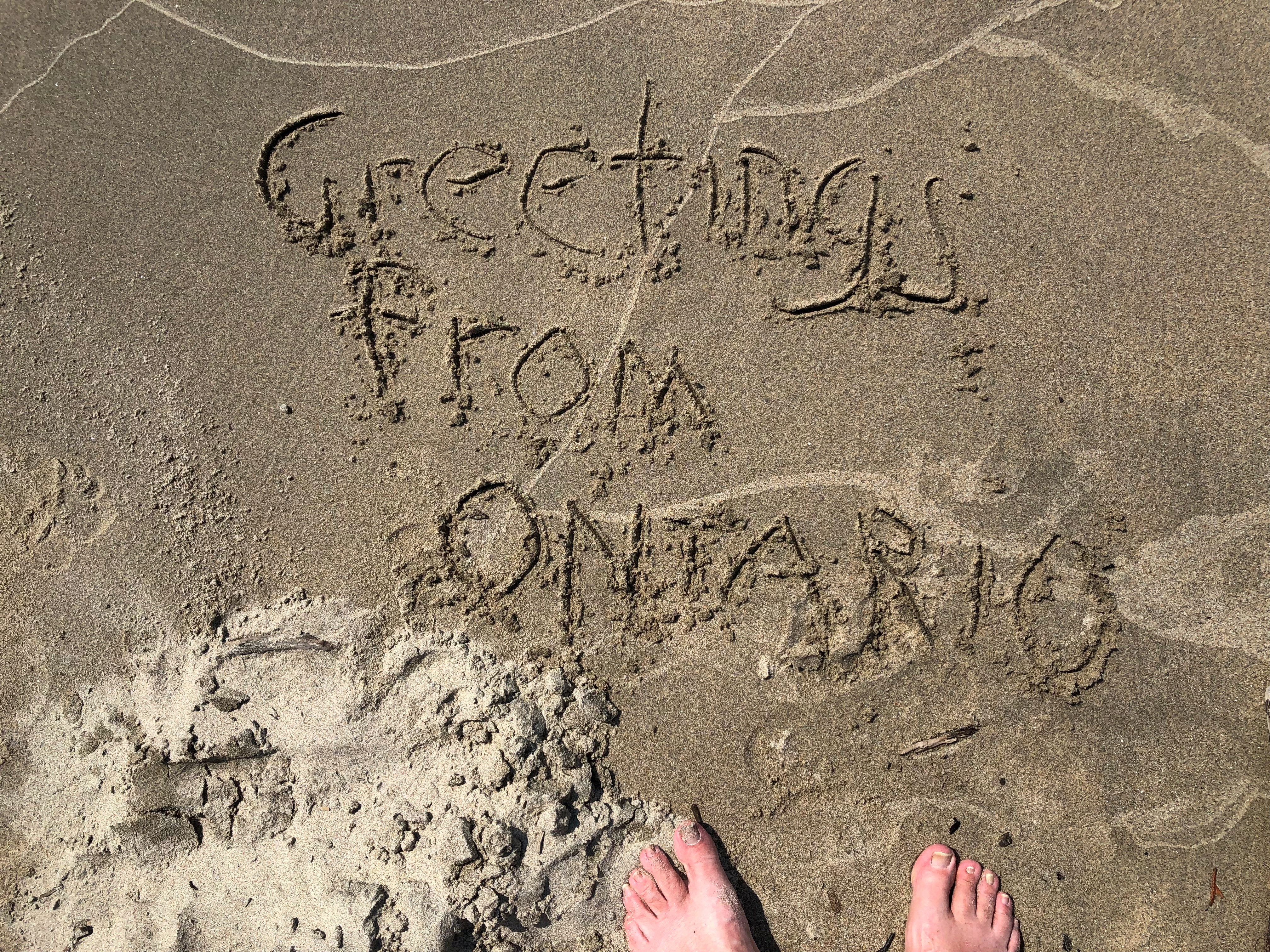
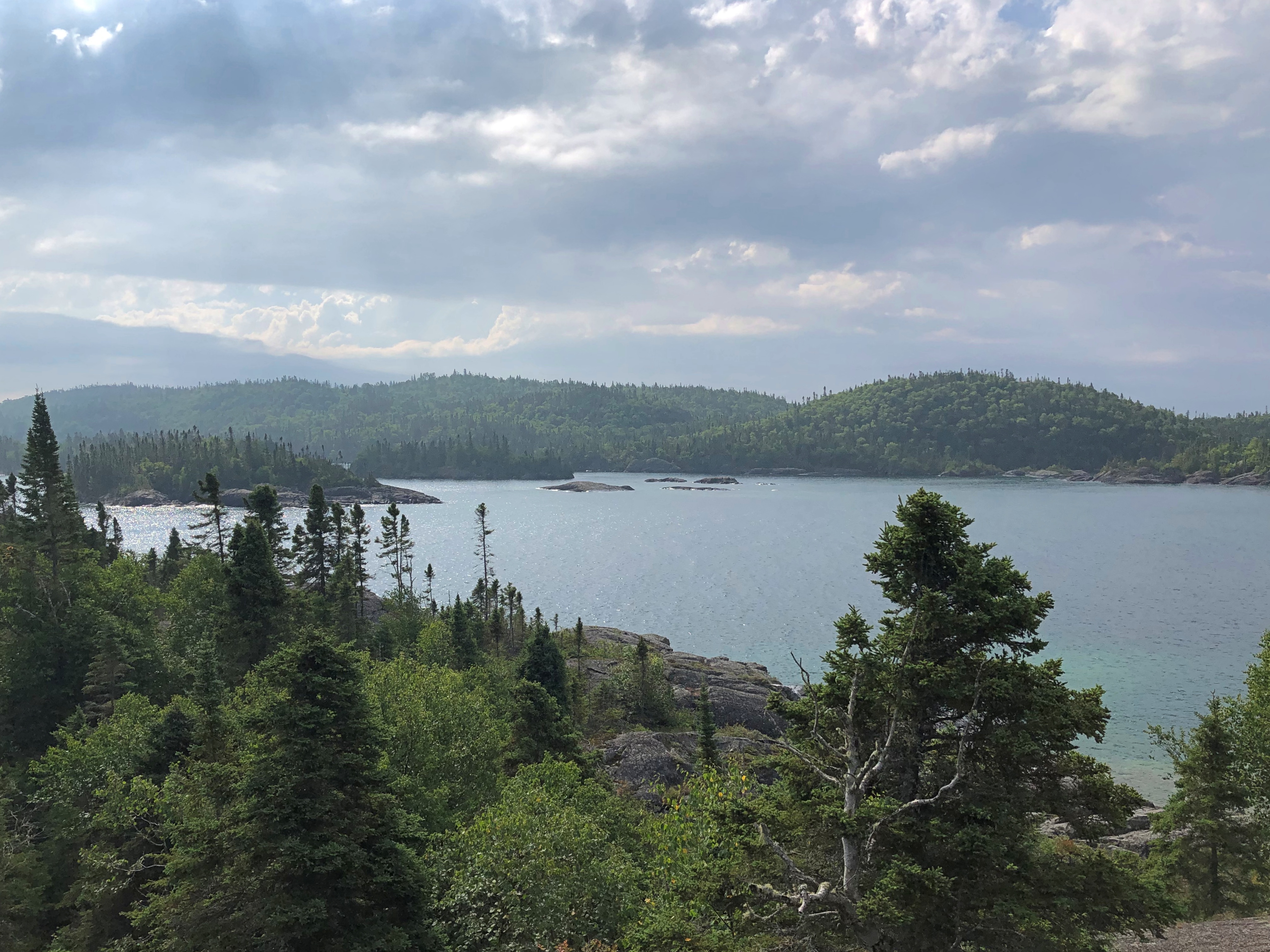

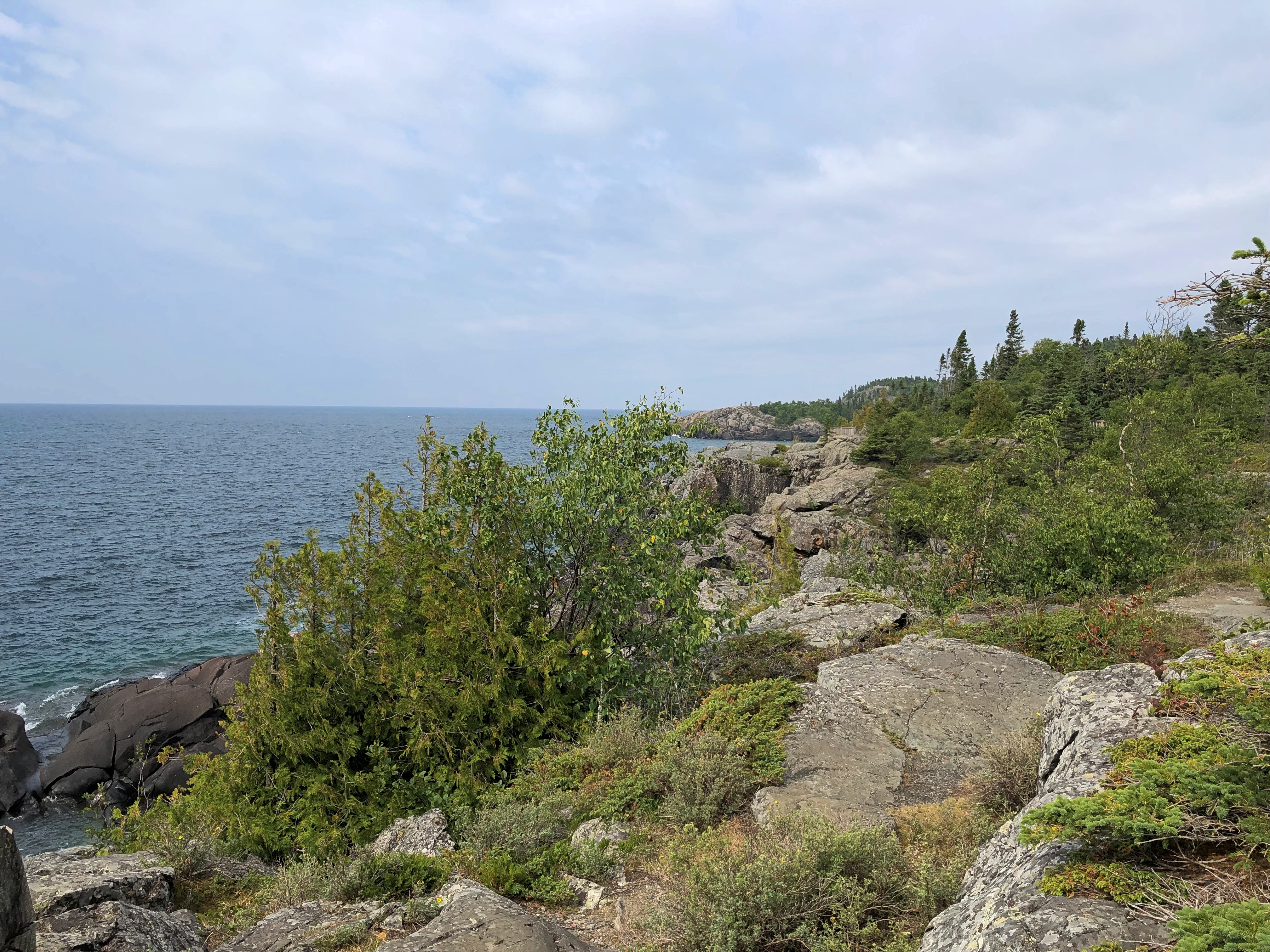

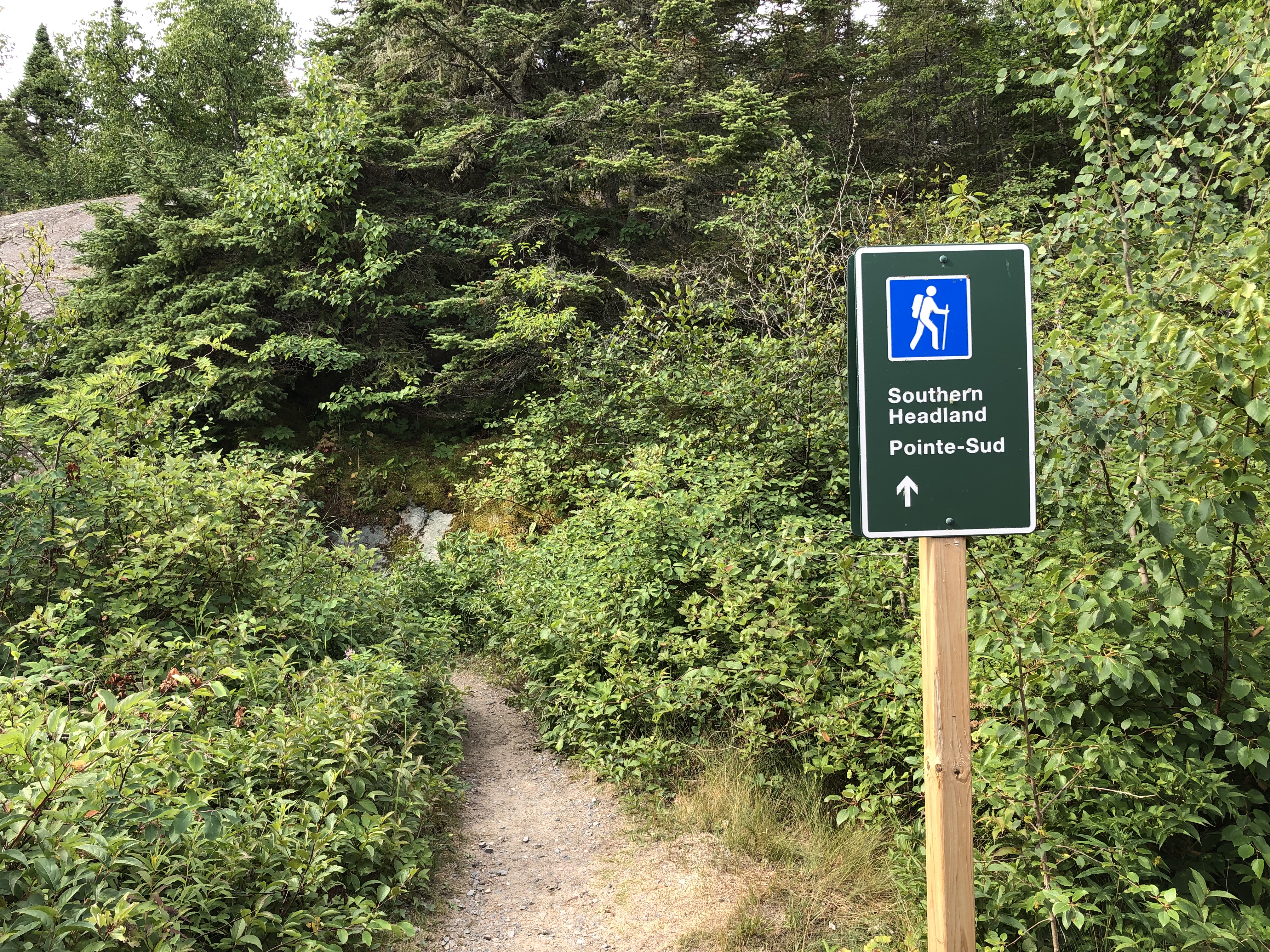
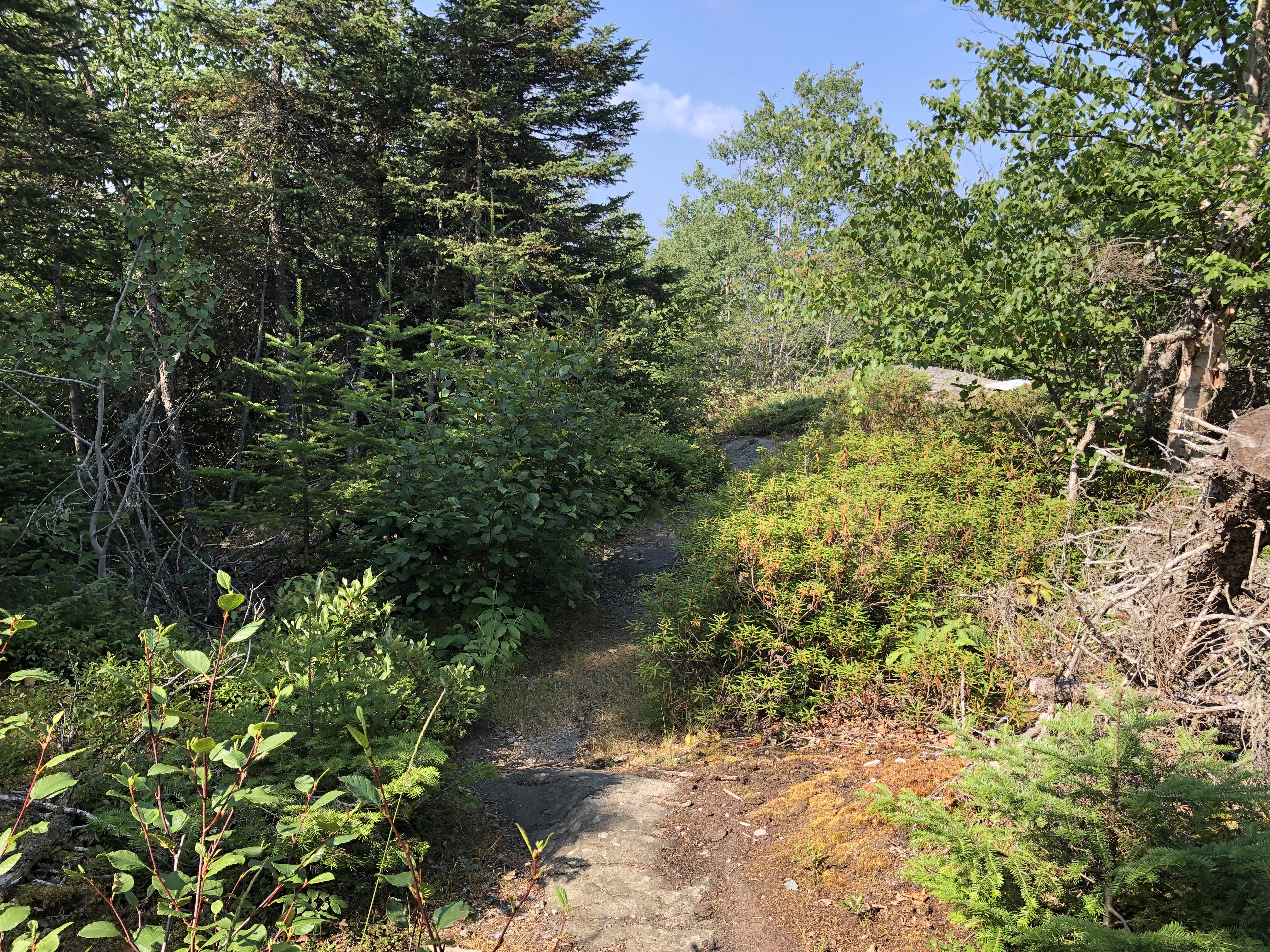

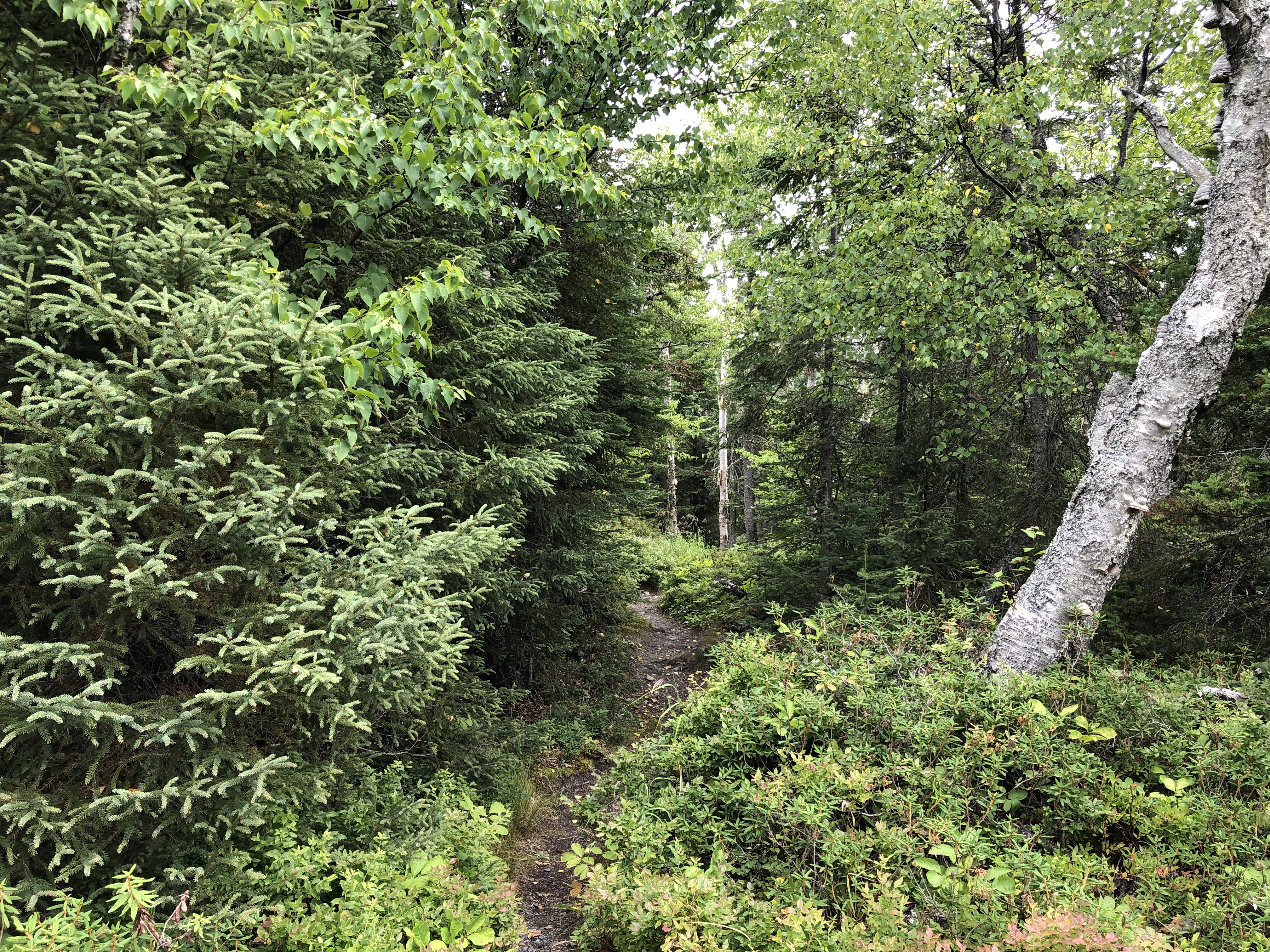


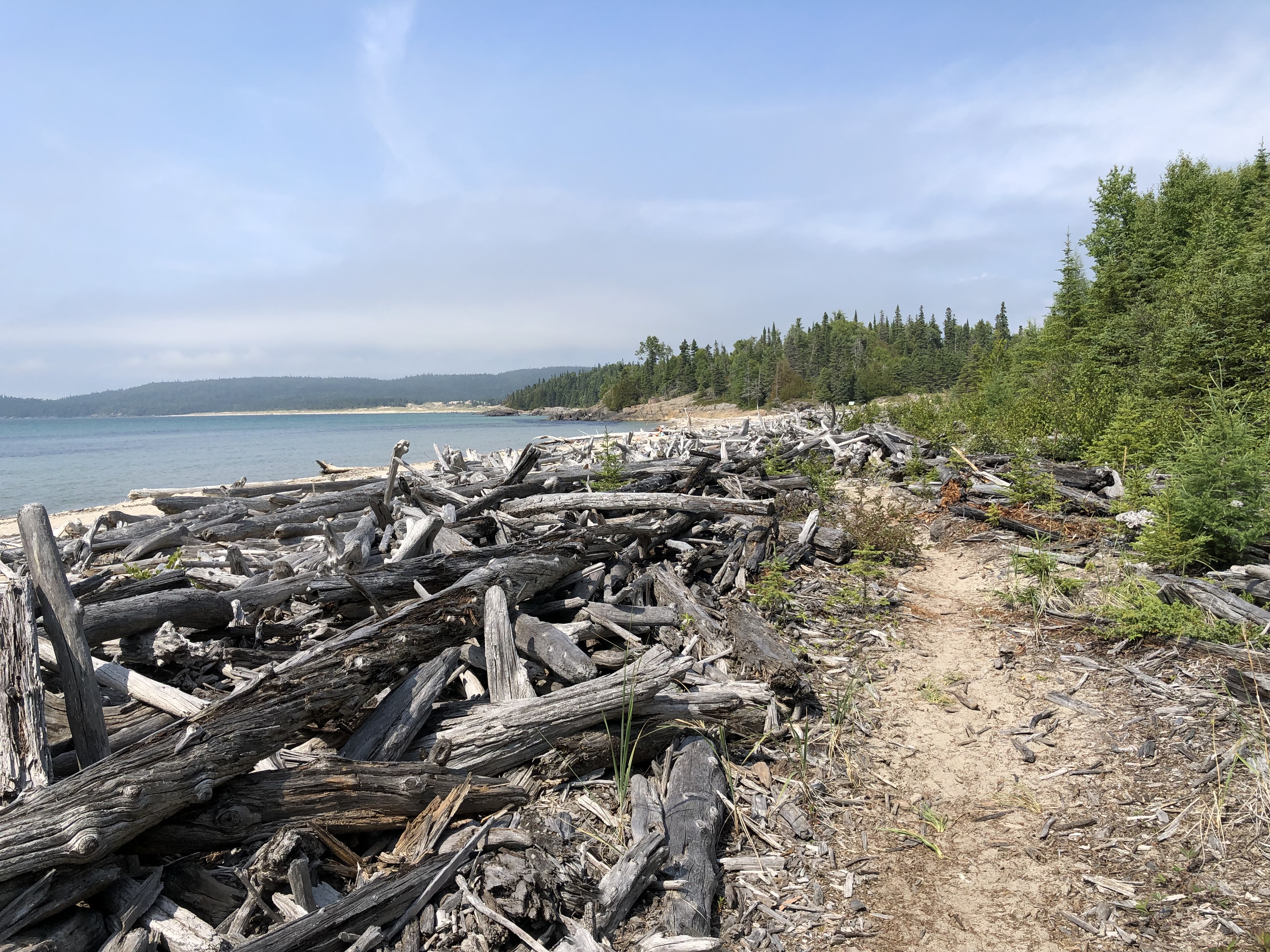

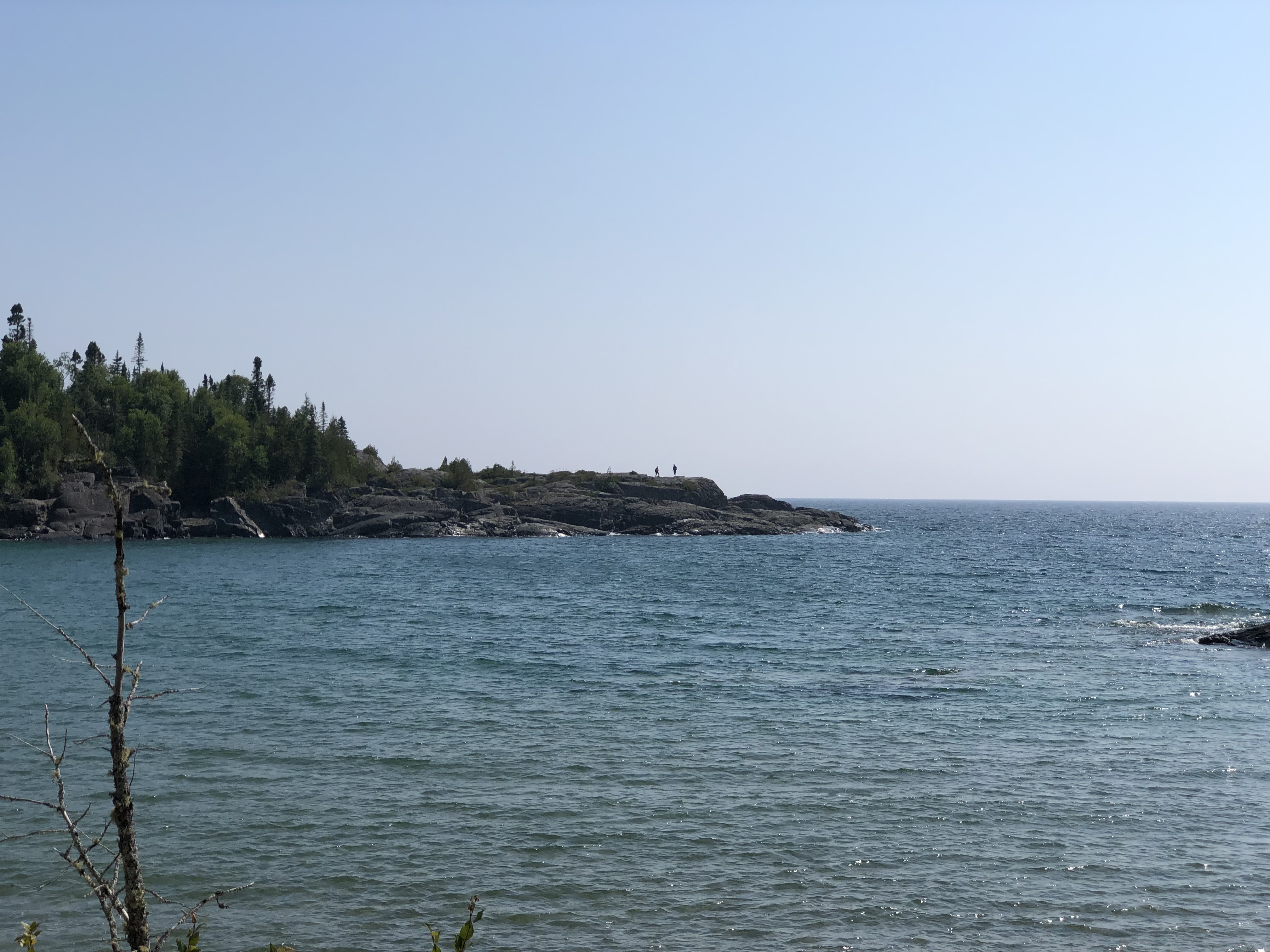



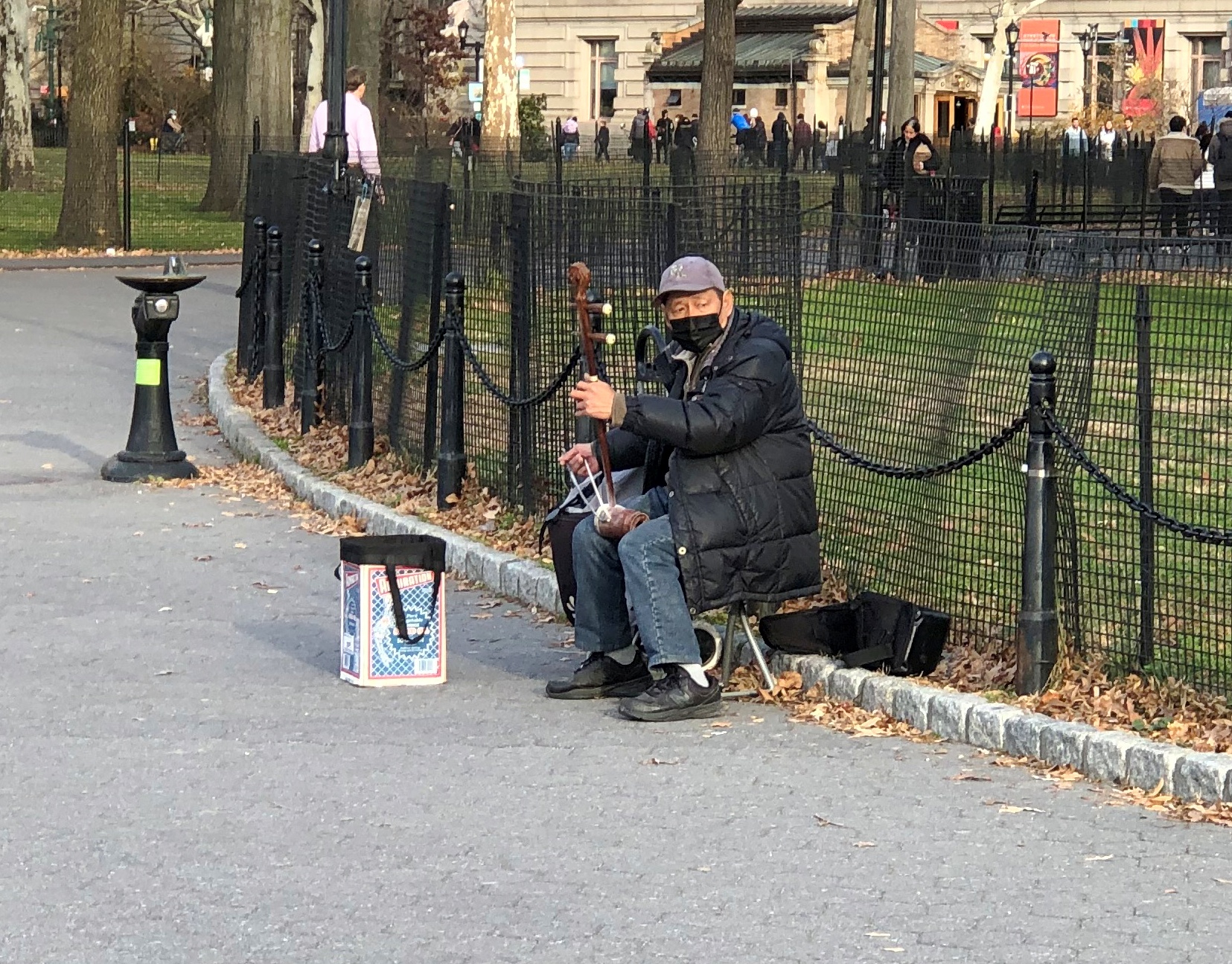


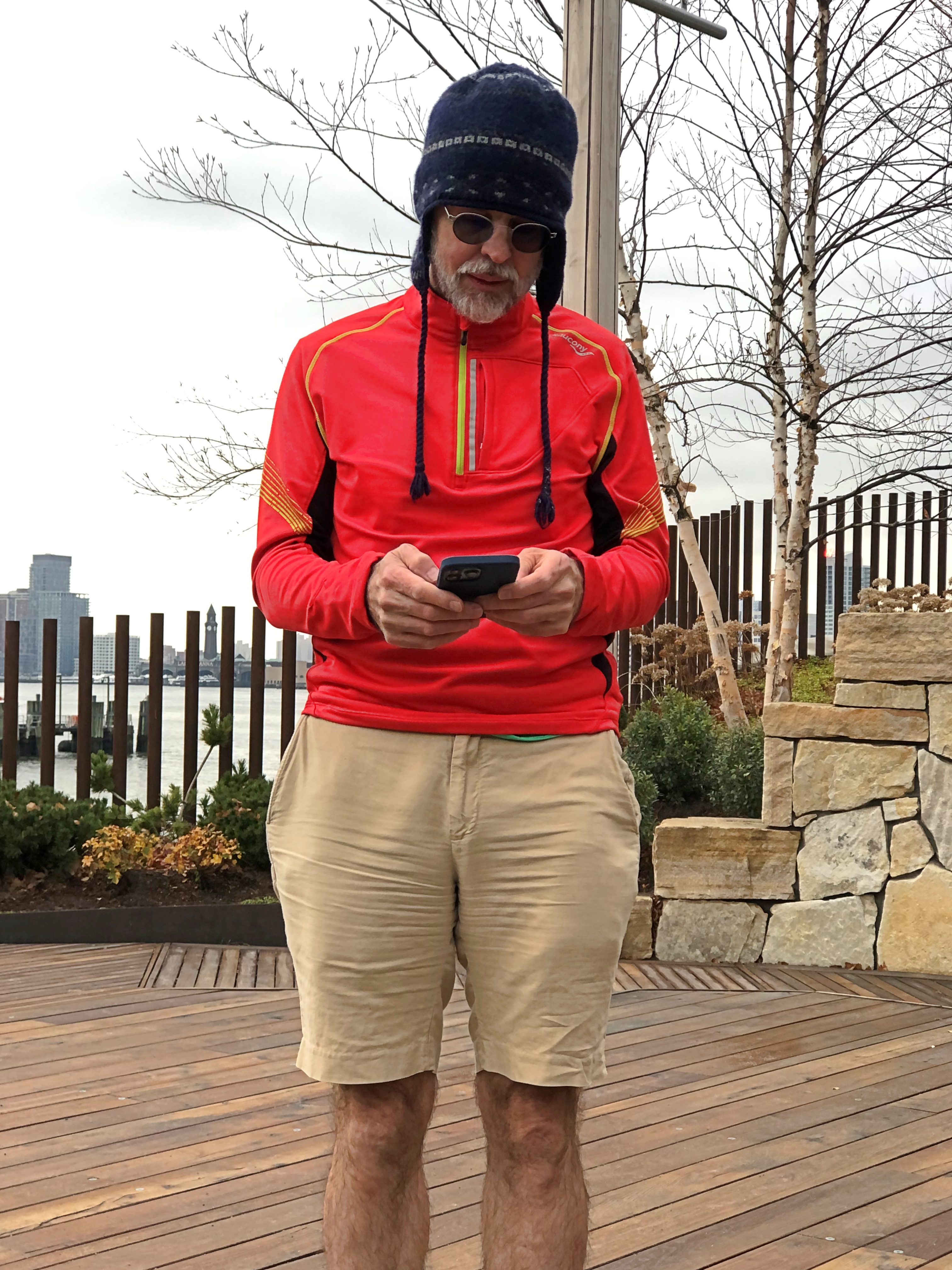

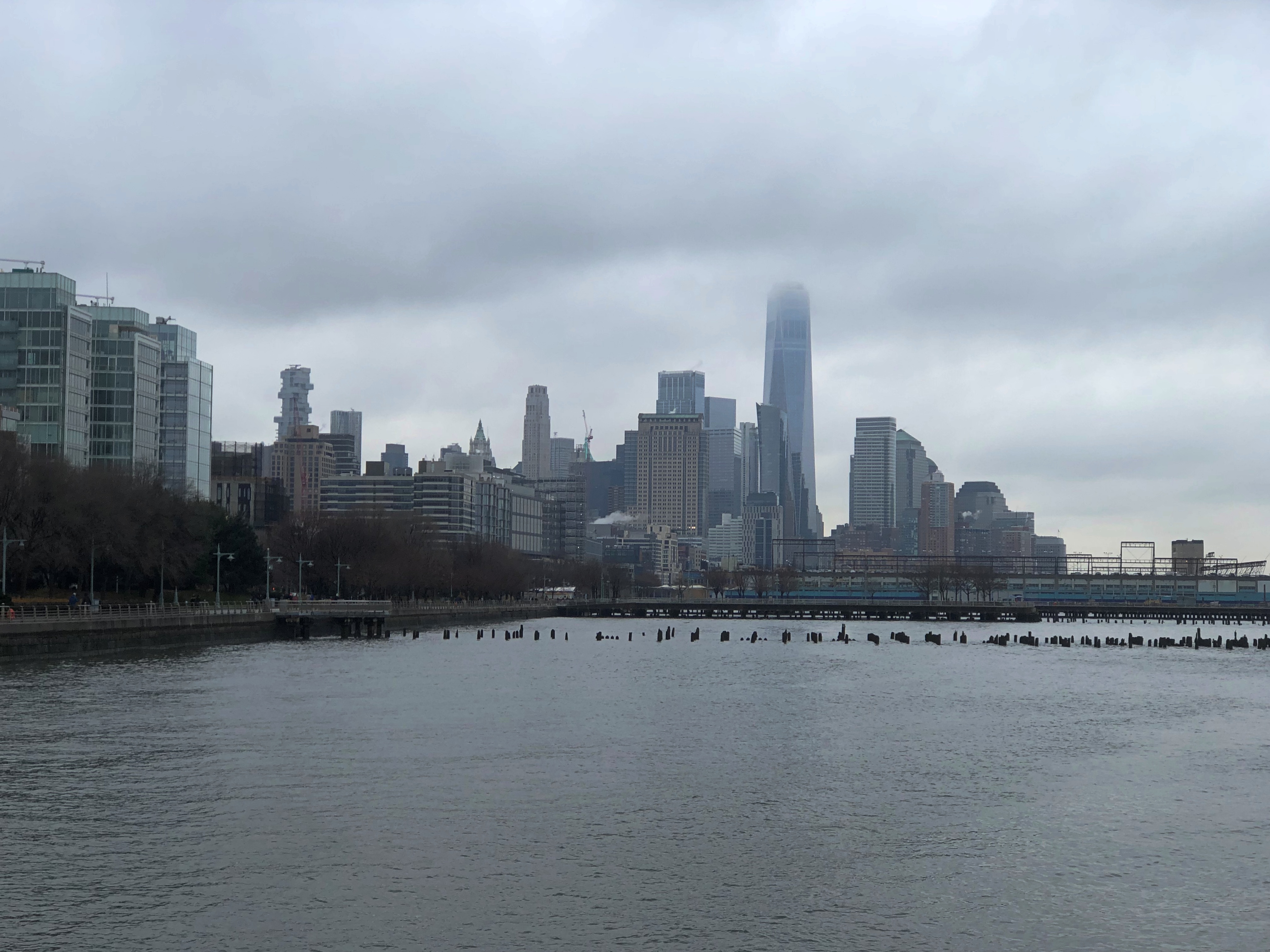
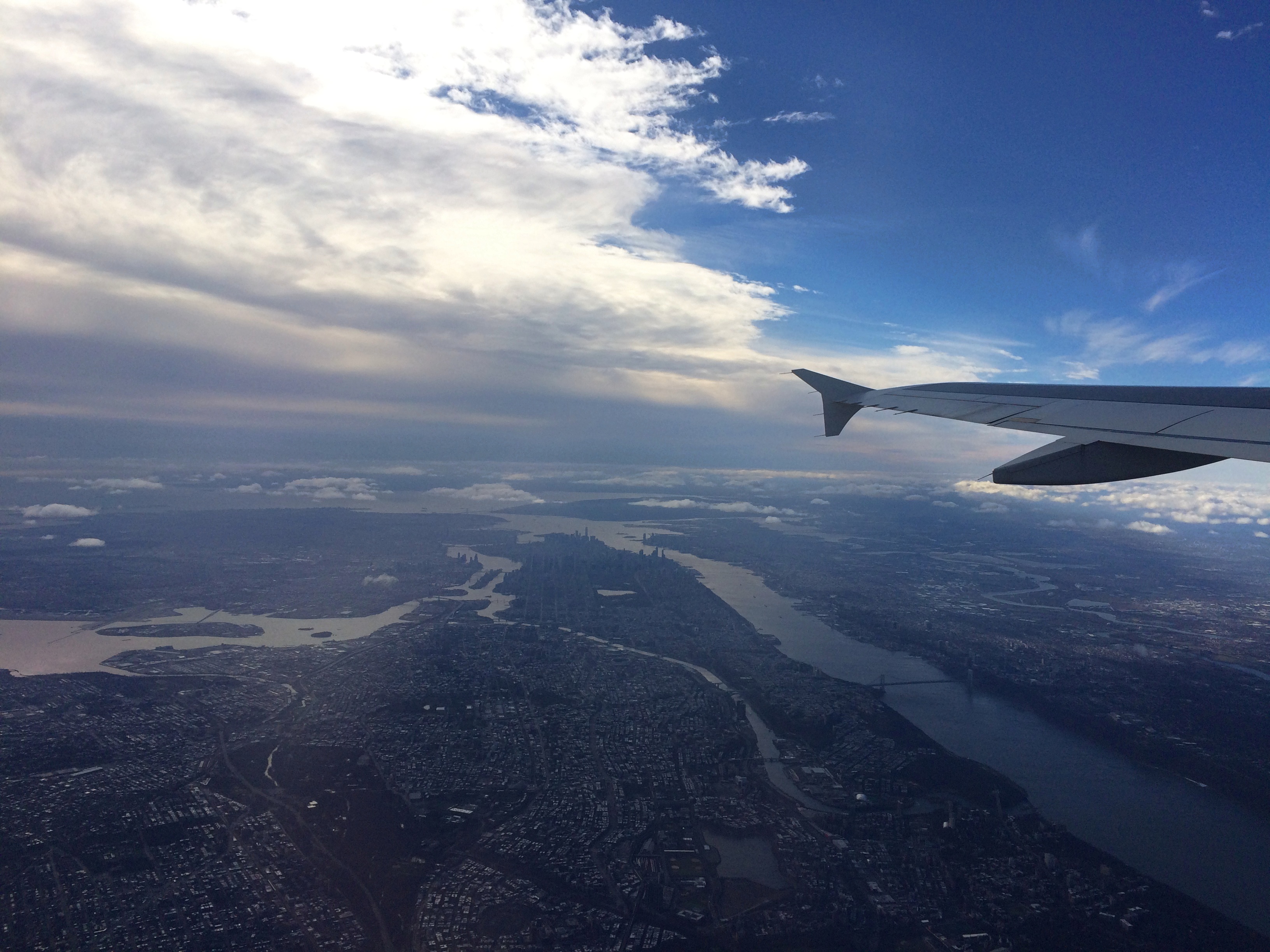
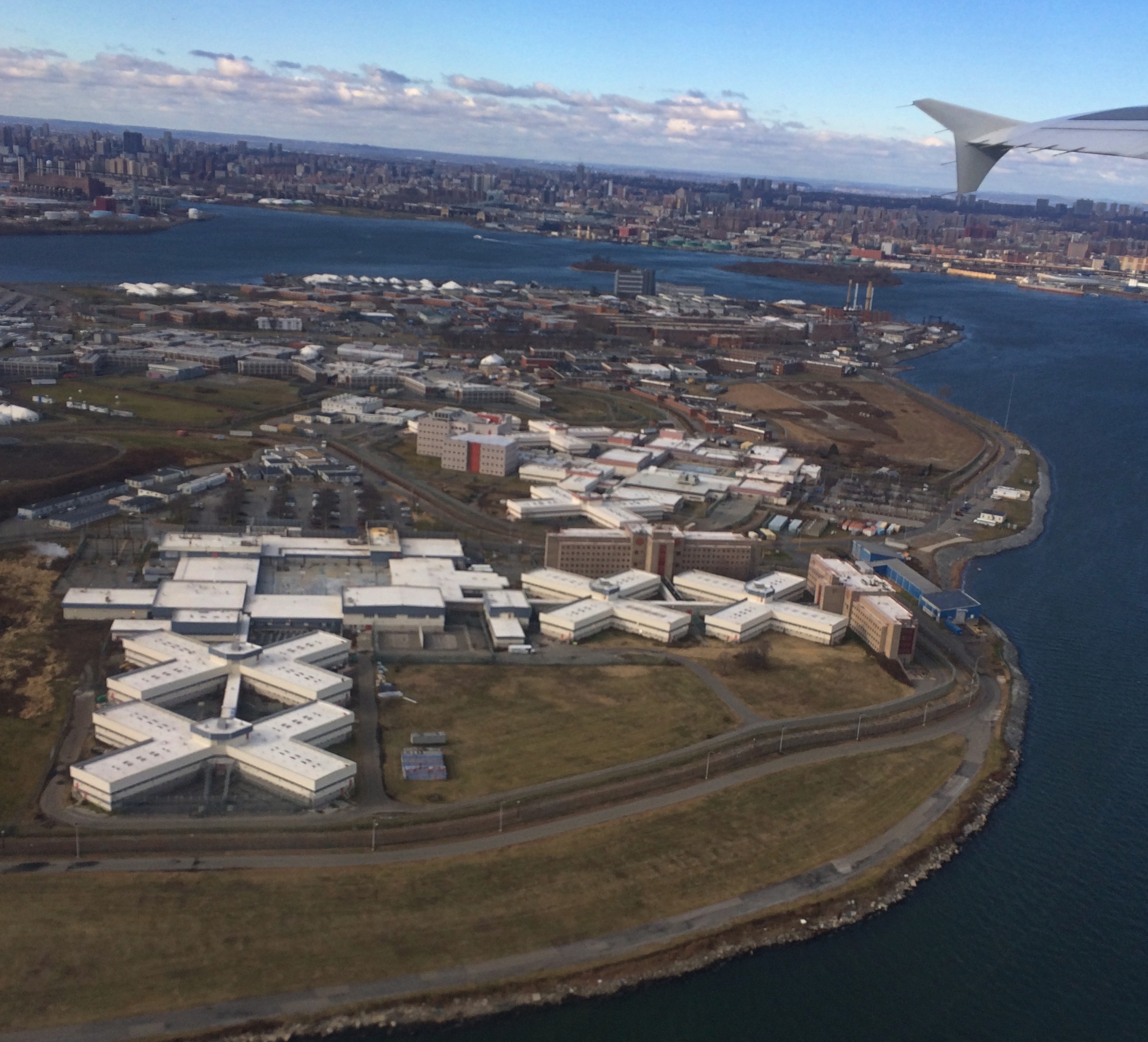

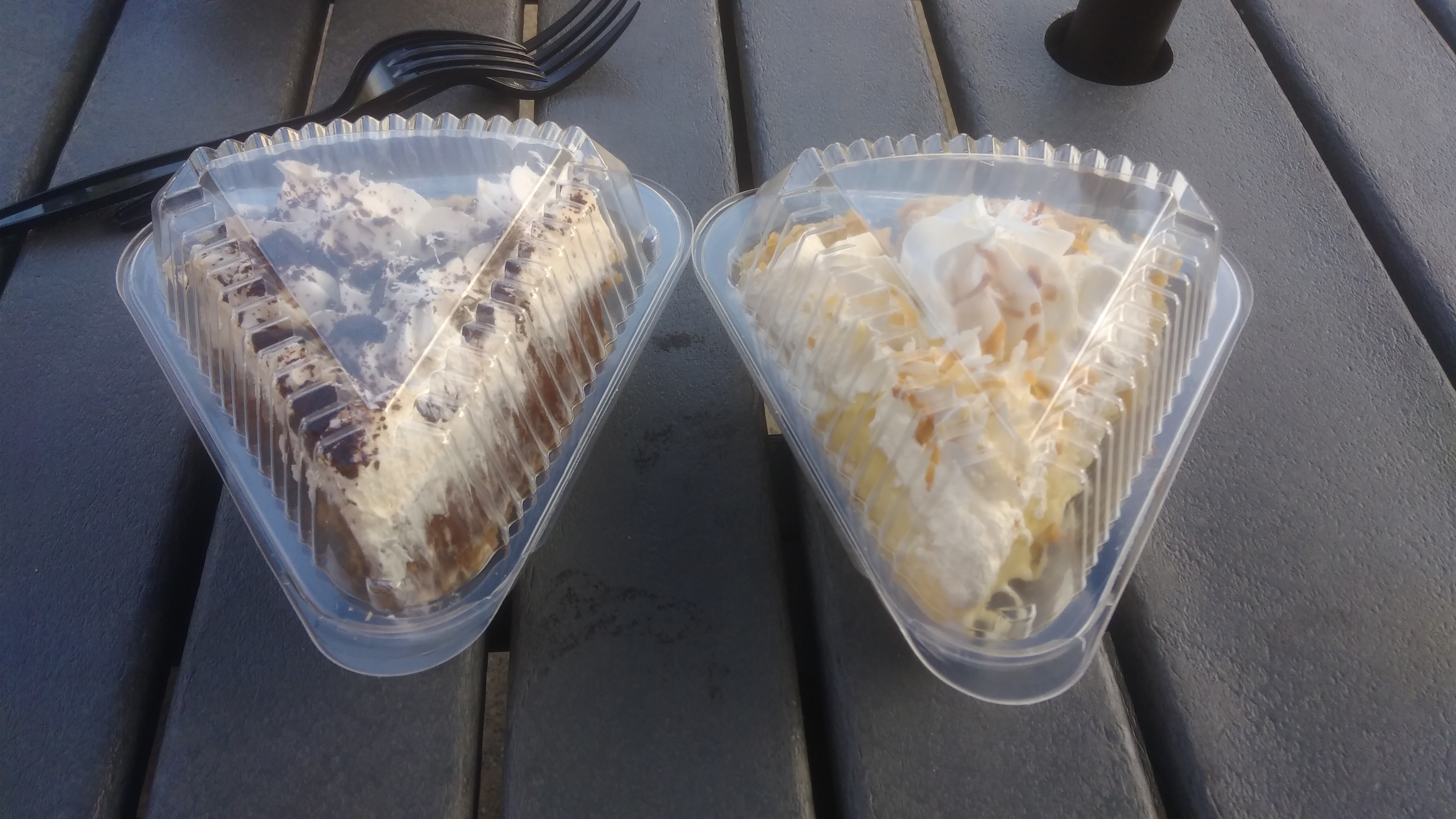
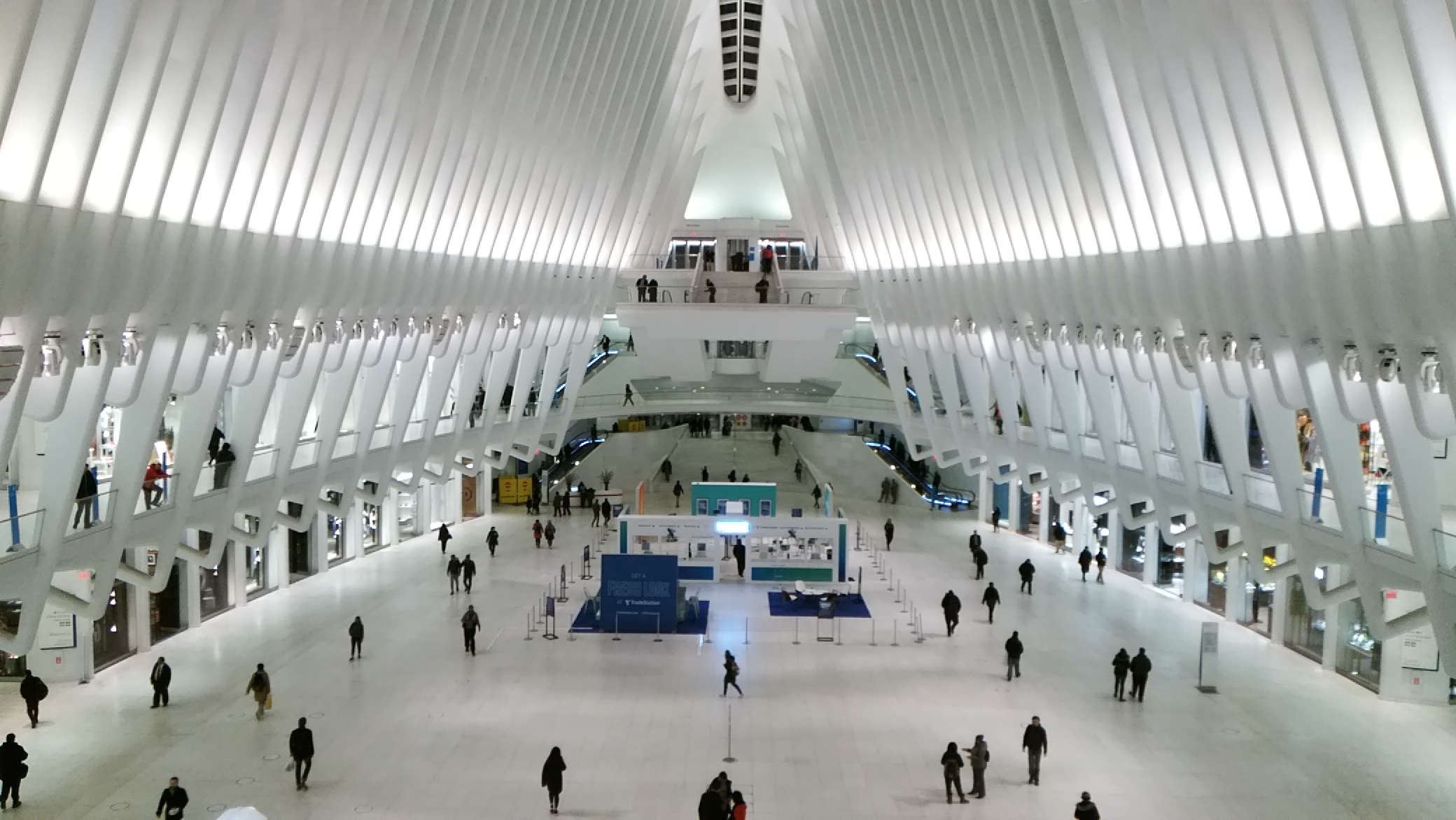
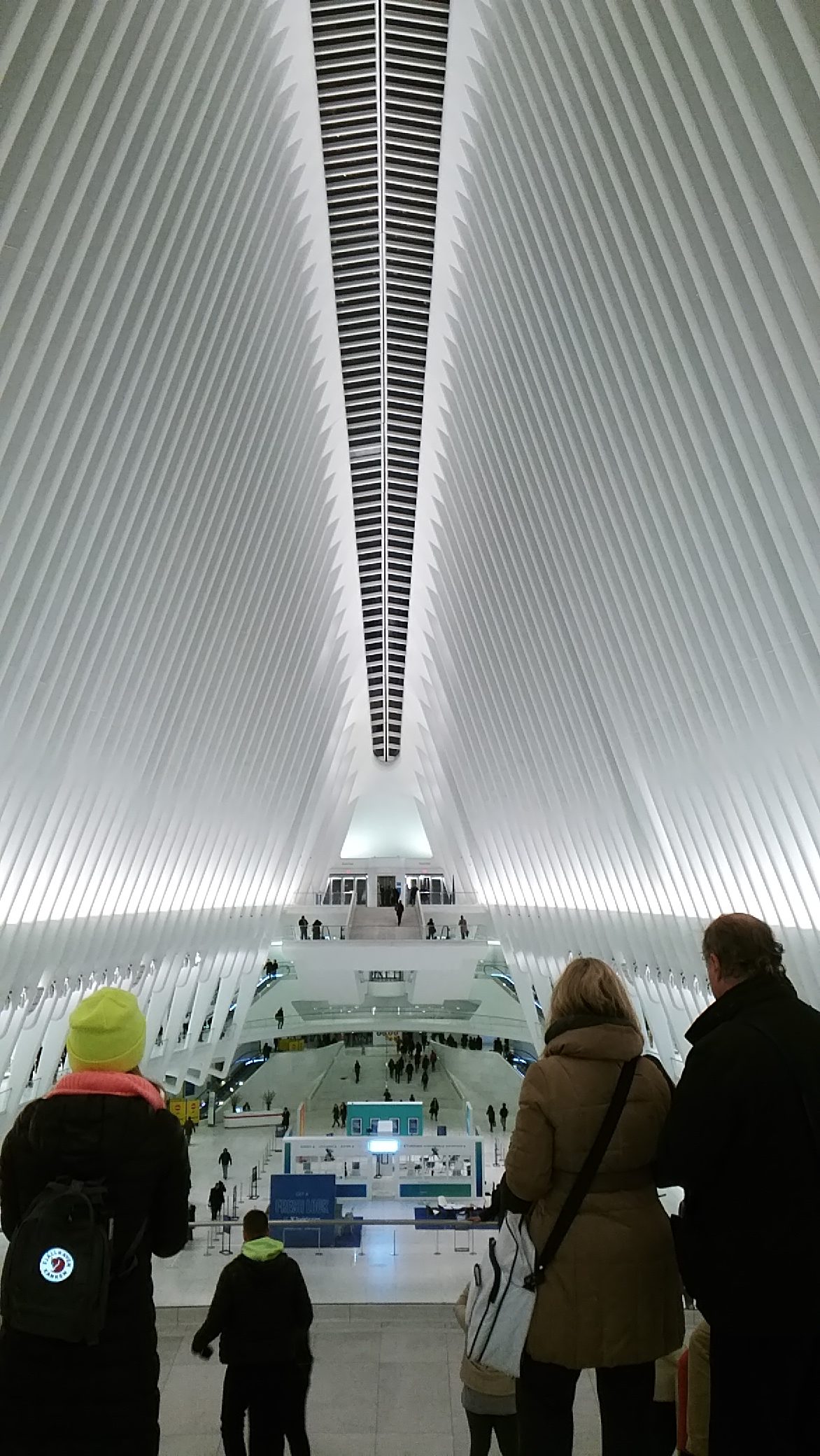 I’d walked to the Oculus from the Downtown restaurant where Geof and his wife Karen and I had had dinner. They wanted to show me the Oculus.
I’d walked to the Oculus from the Downtown restaurant where Geof and his wife Karen and I had had dinner. They wanted to show me the Oculus.